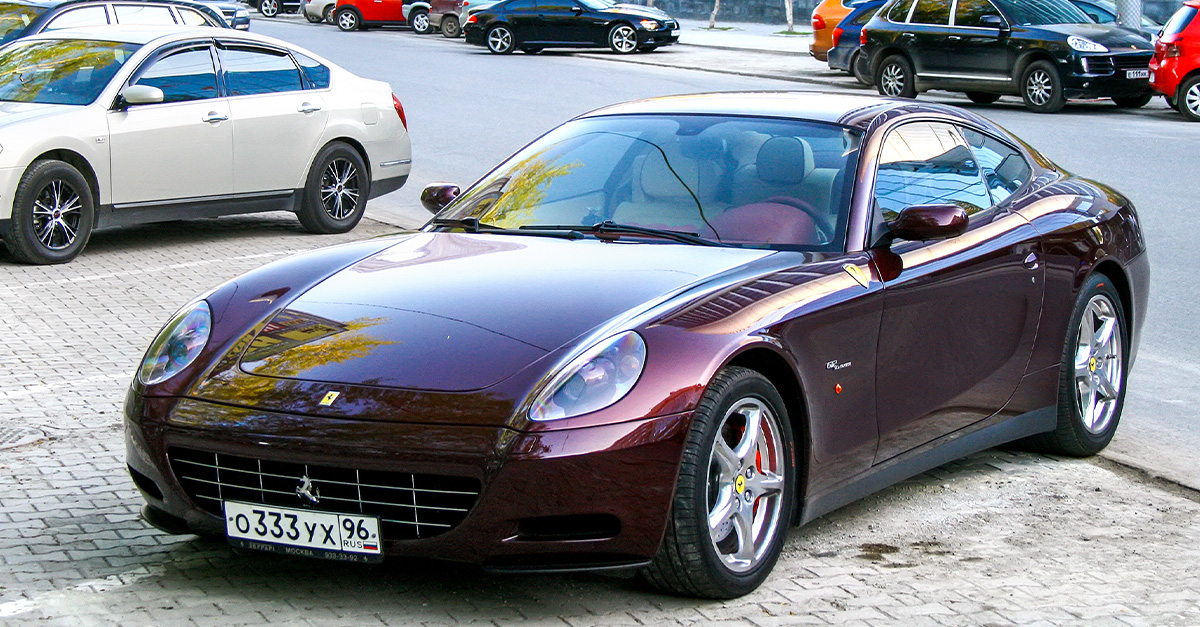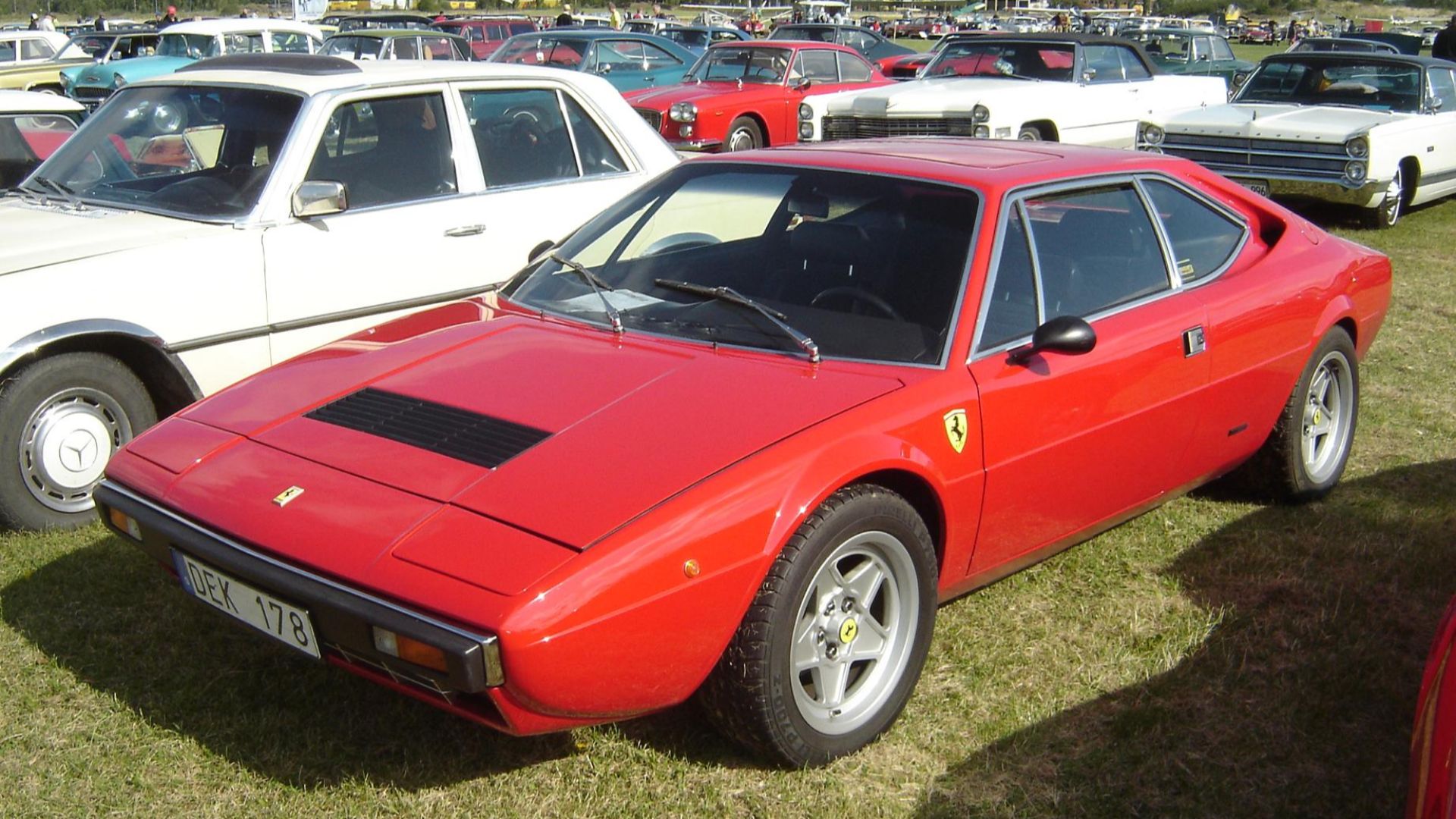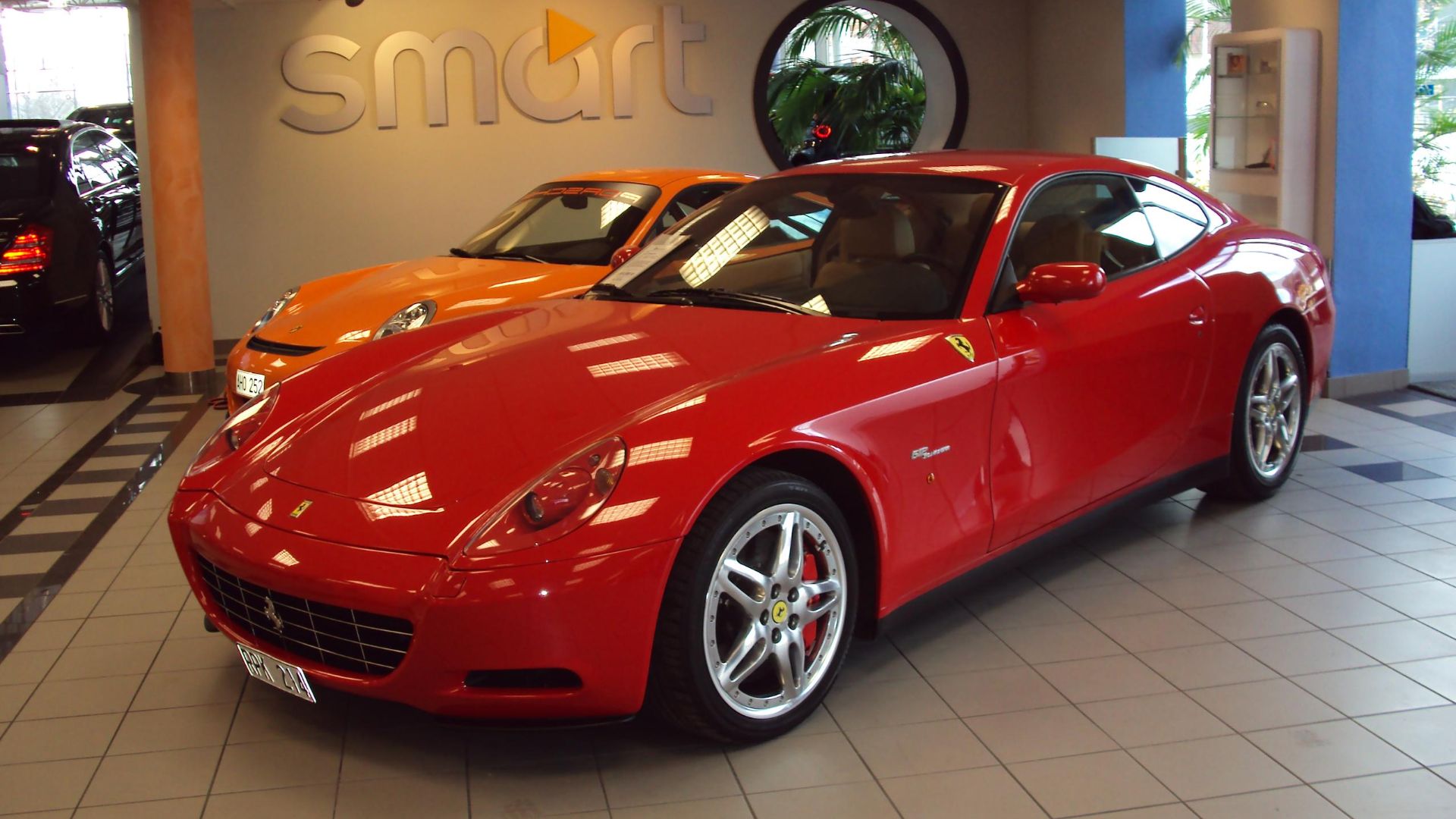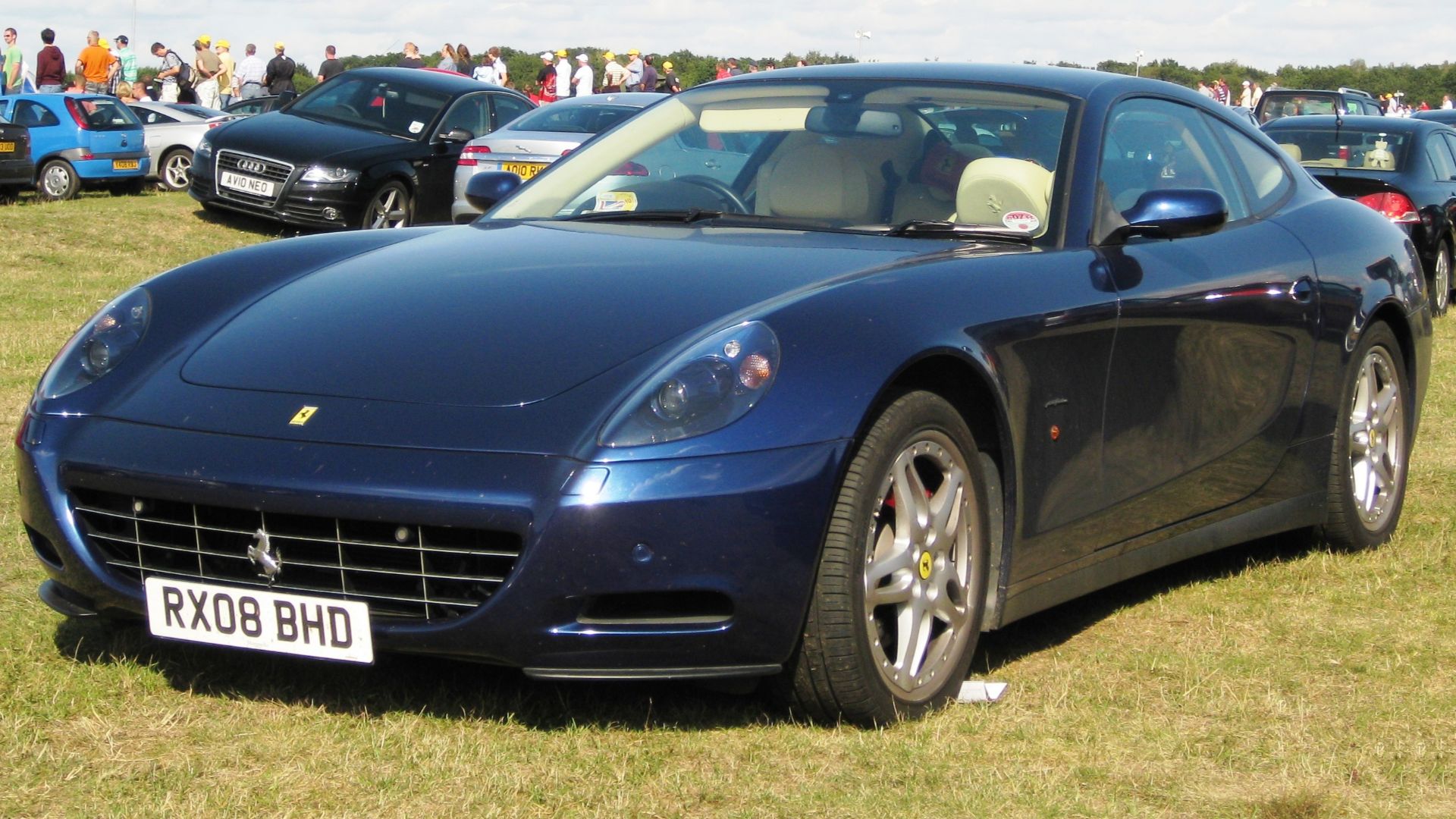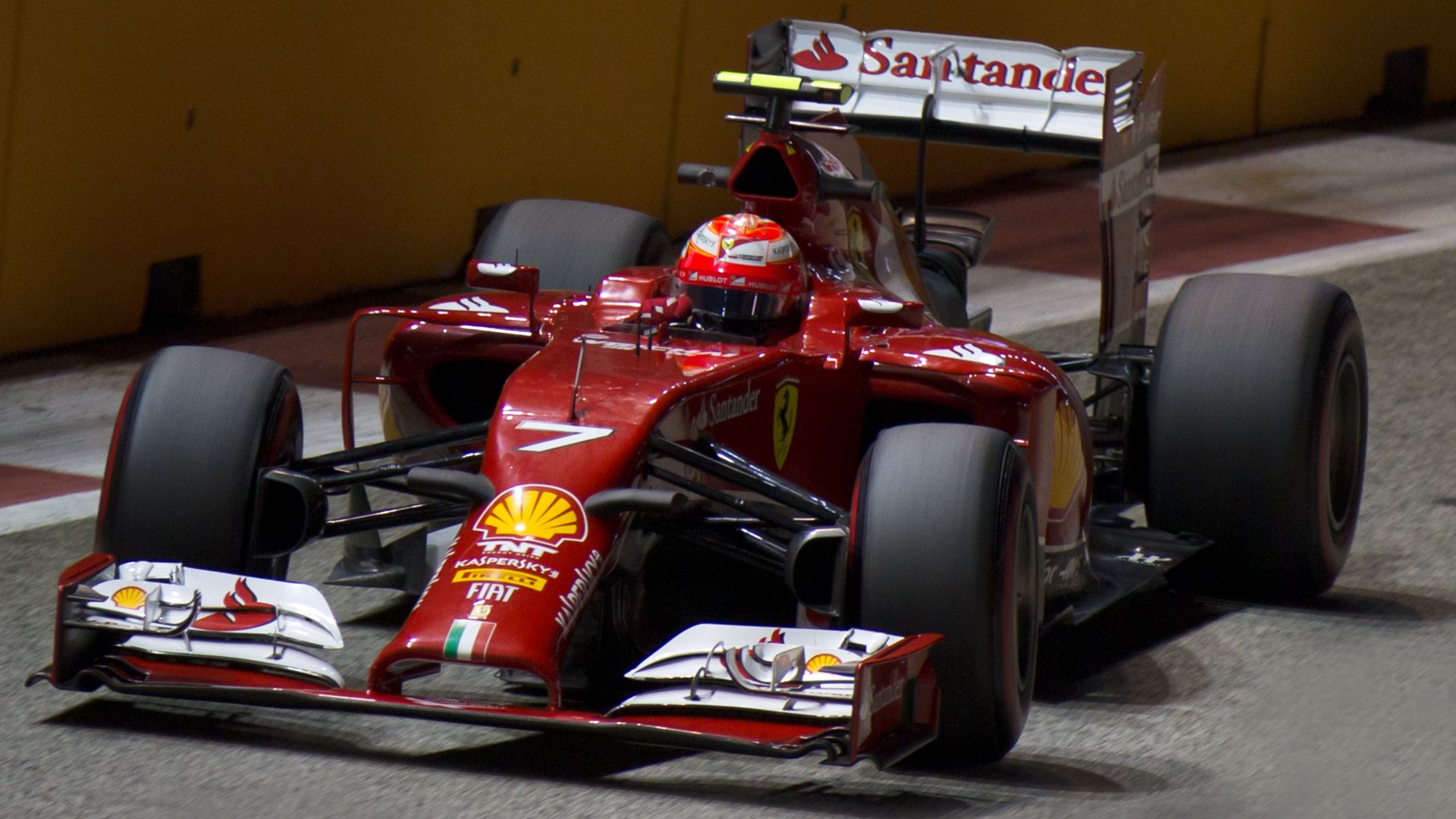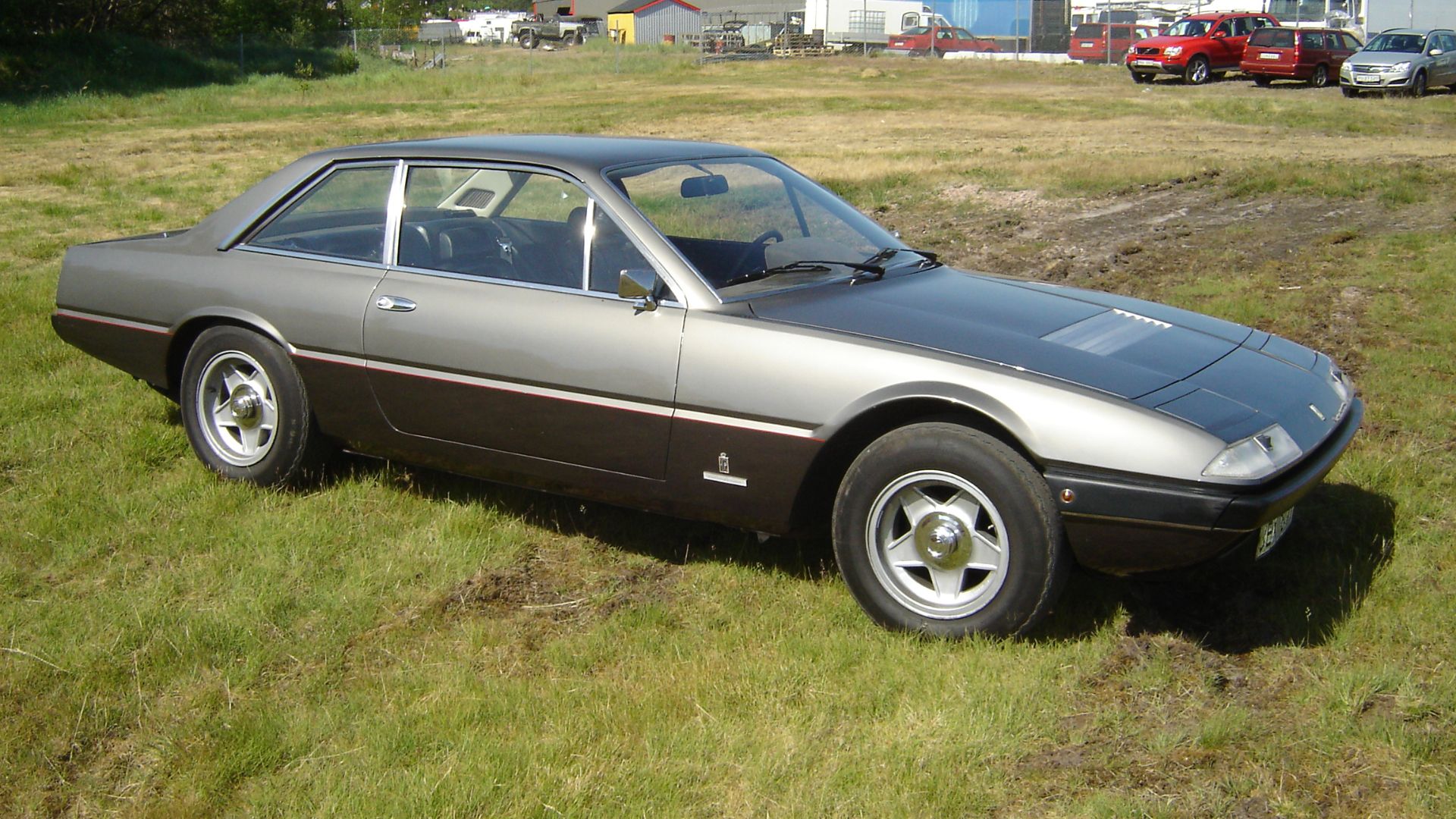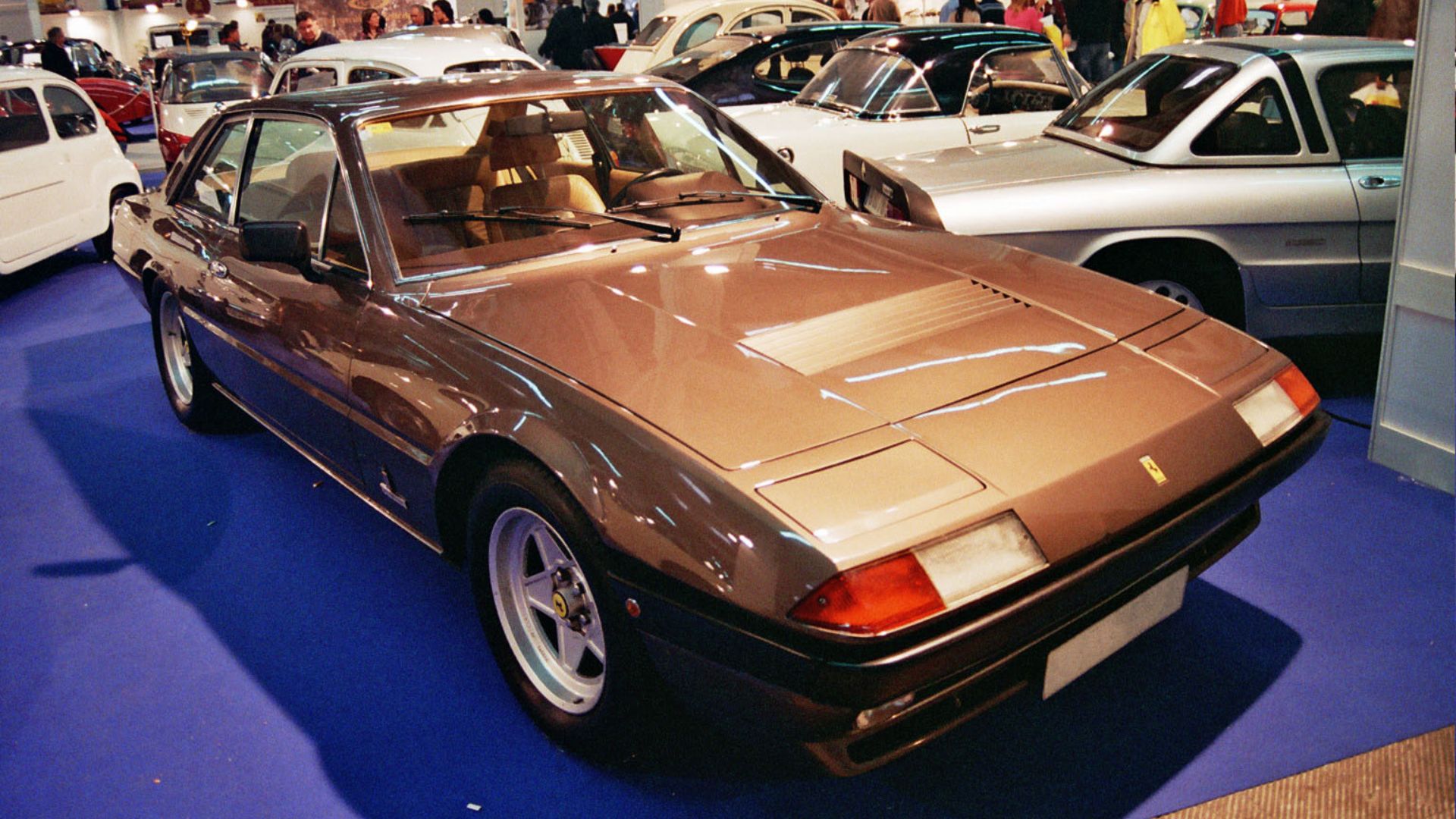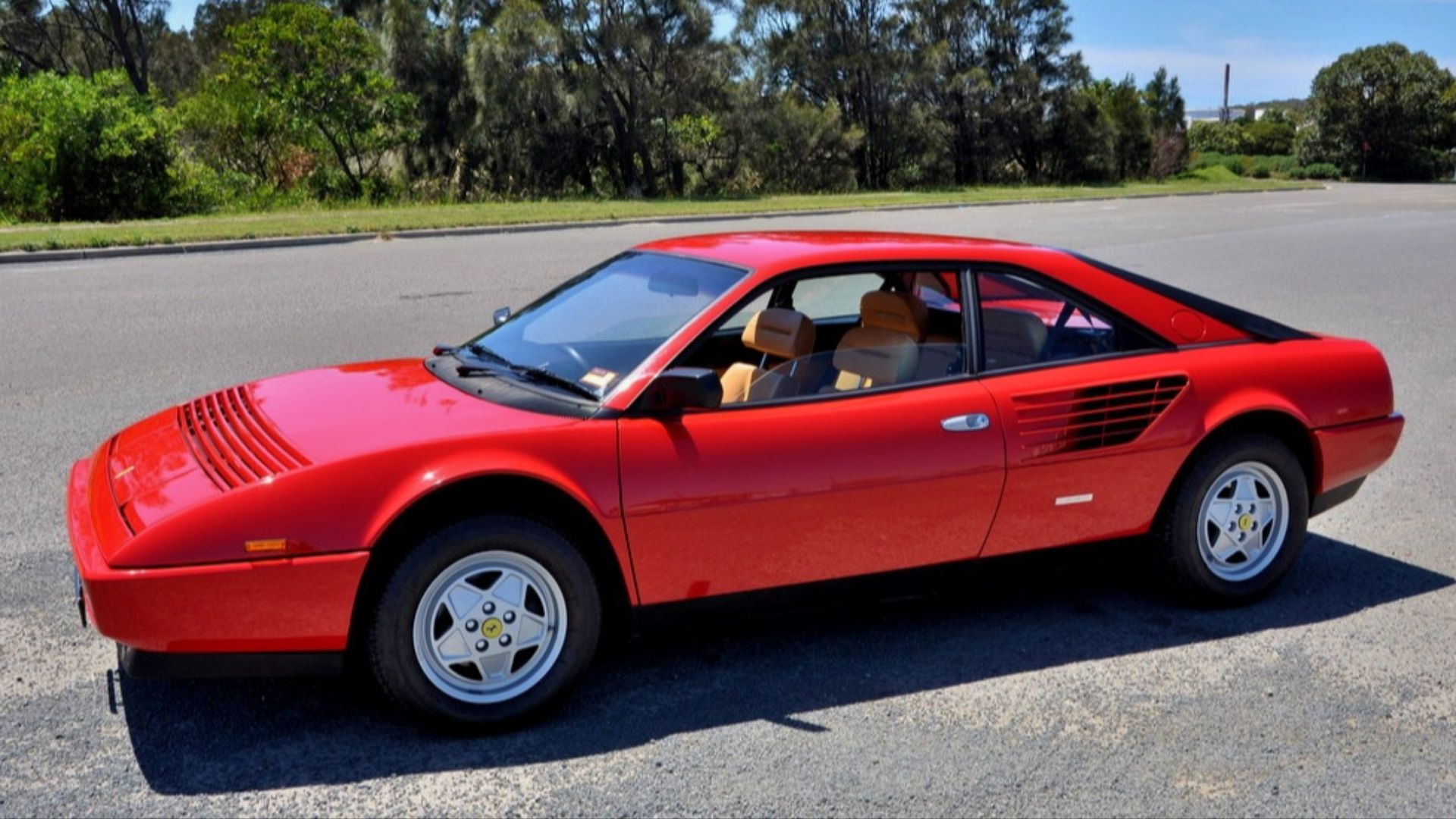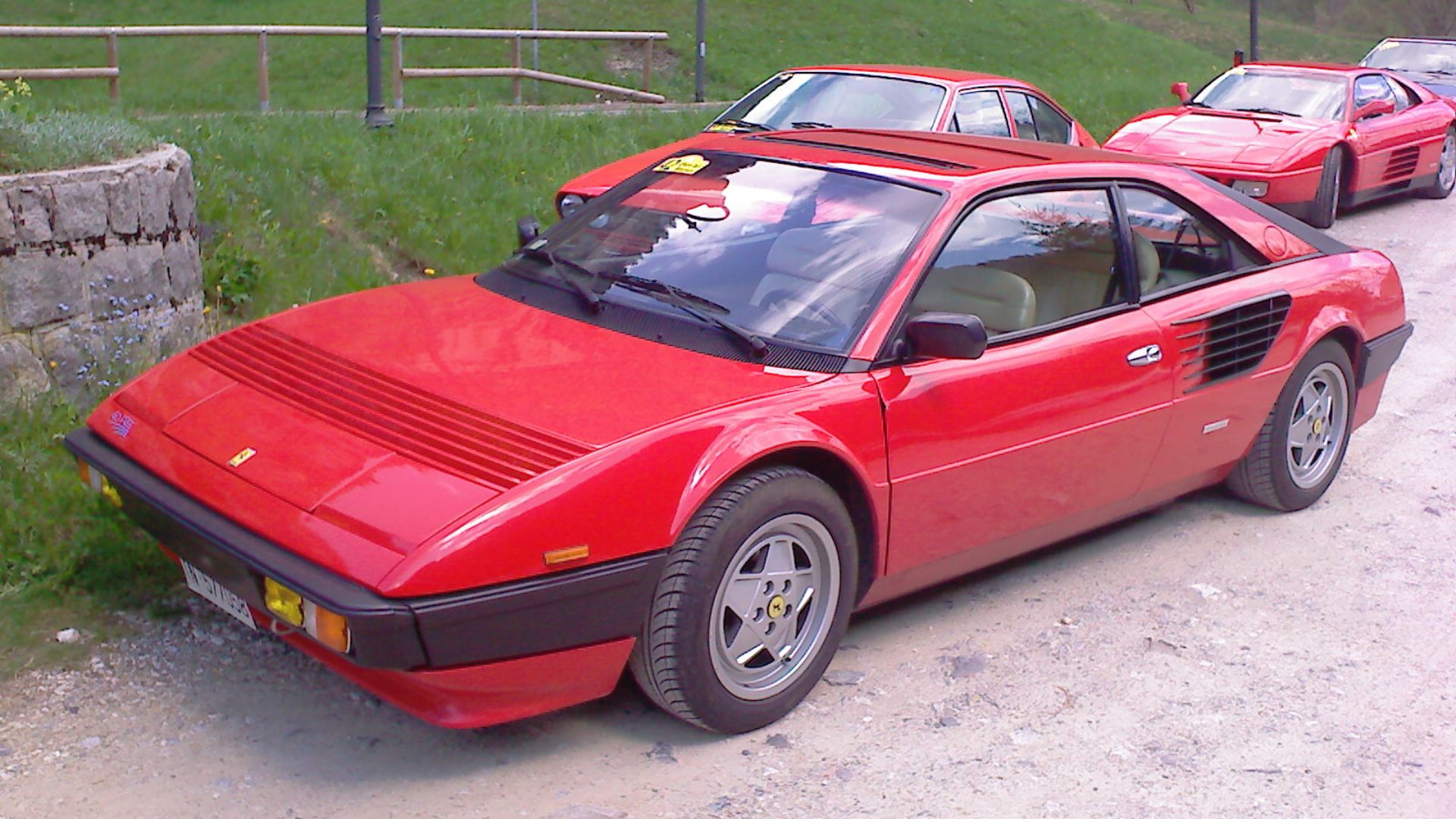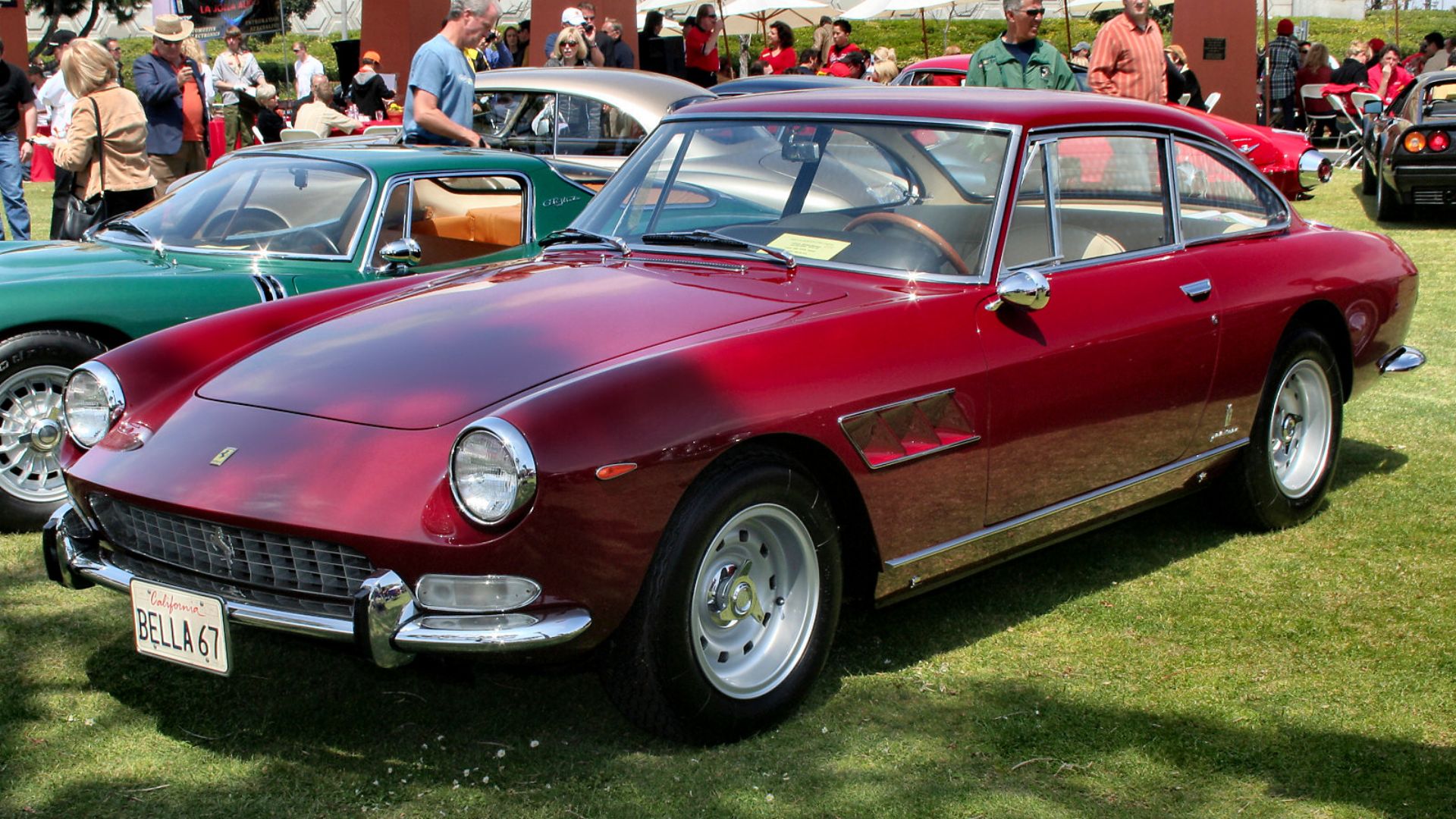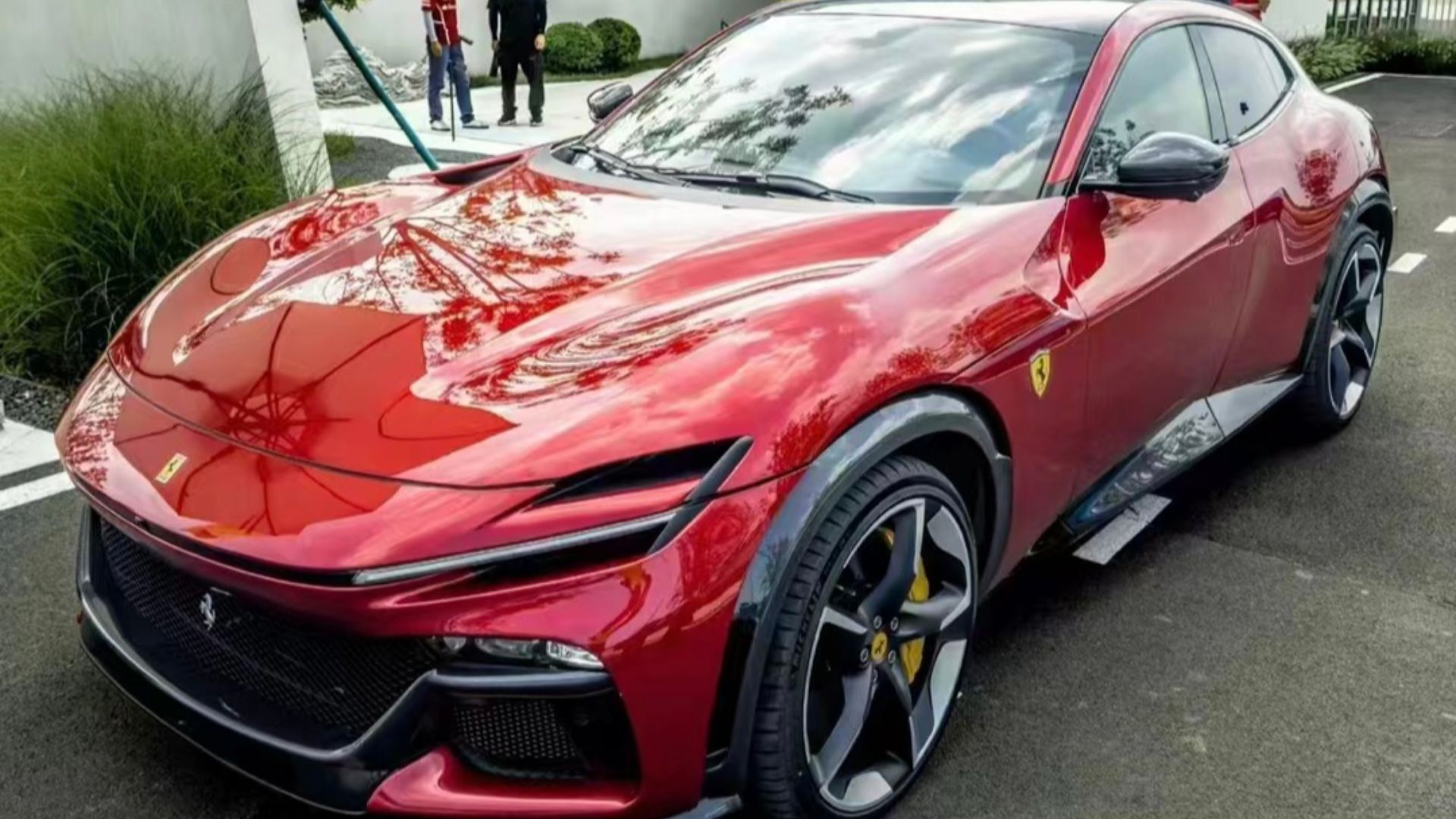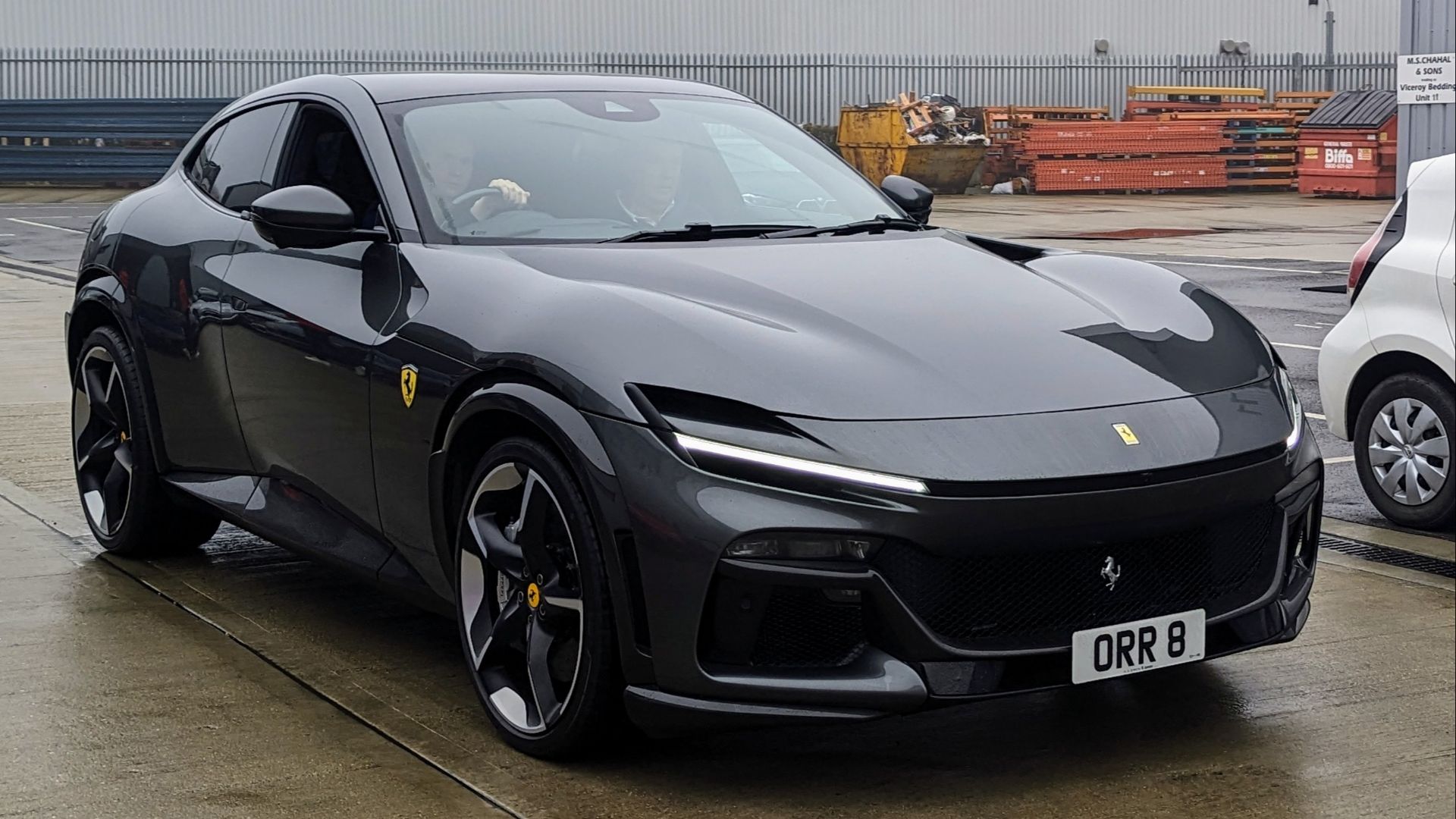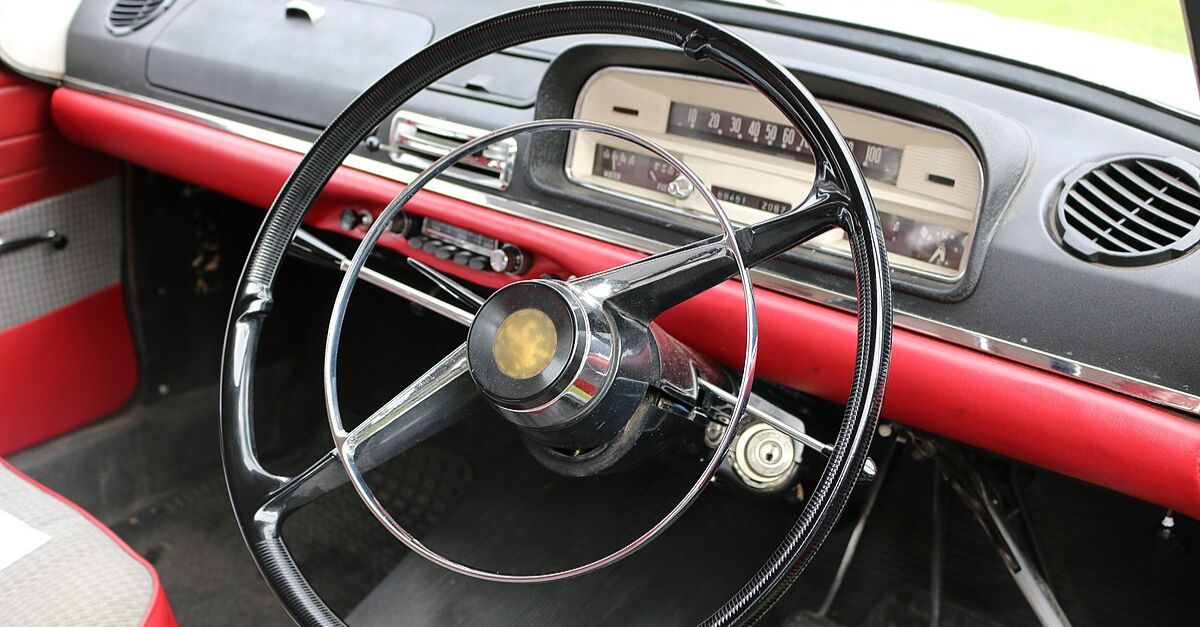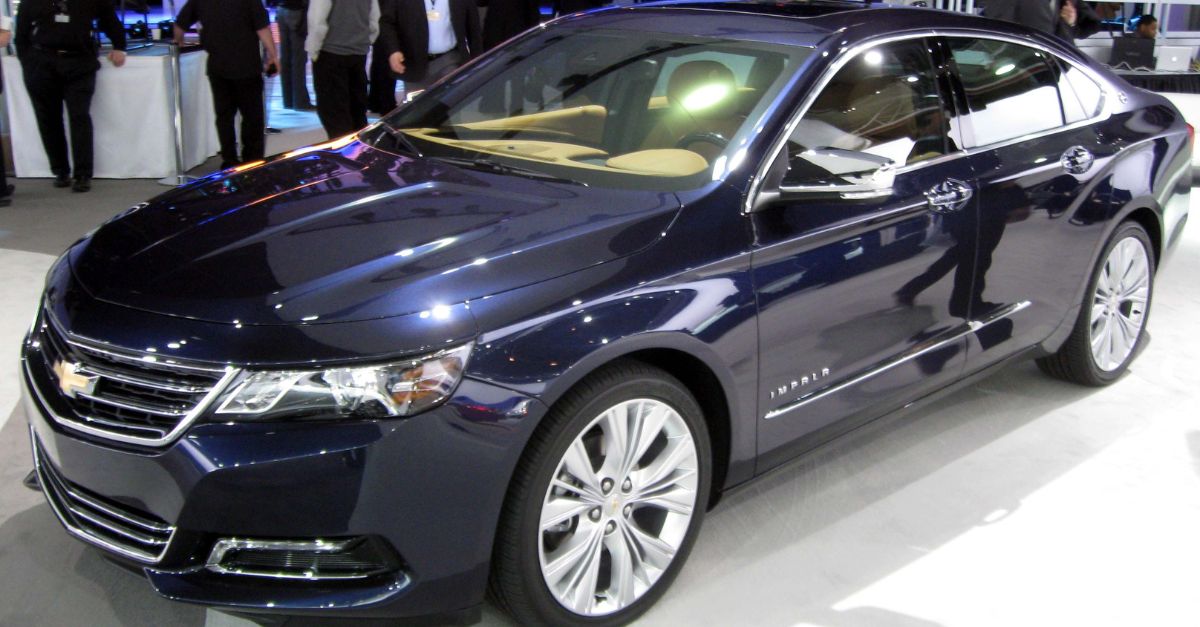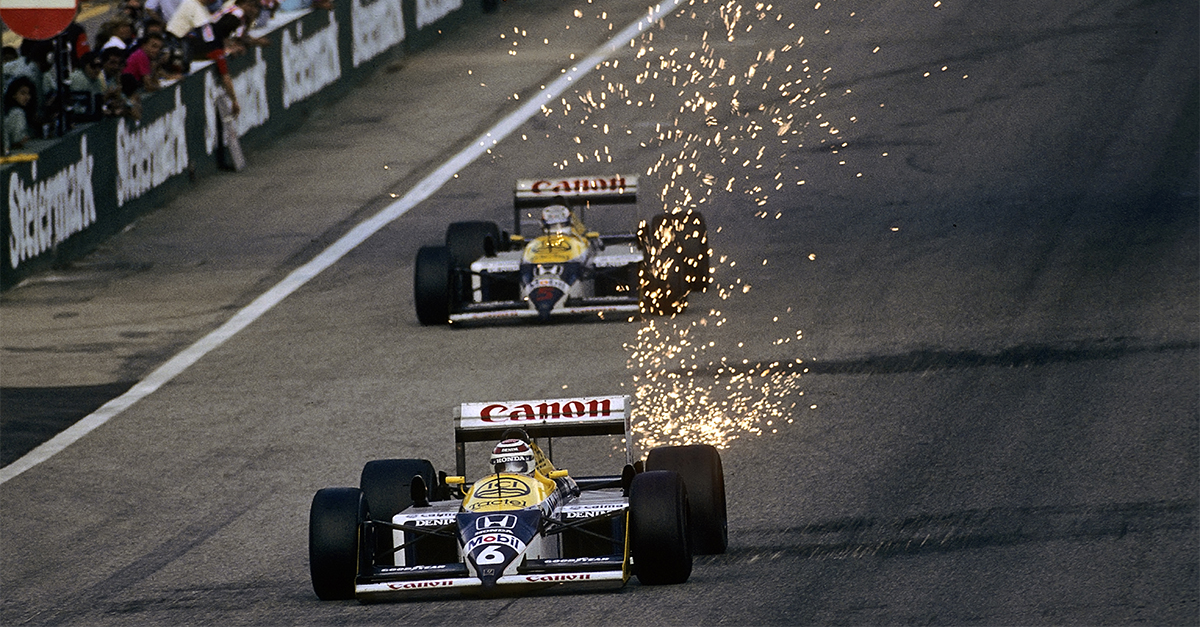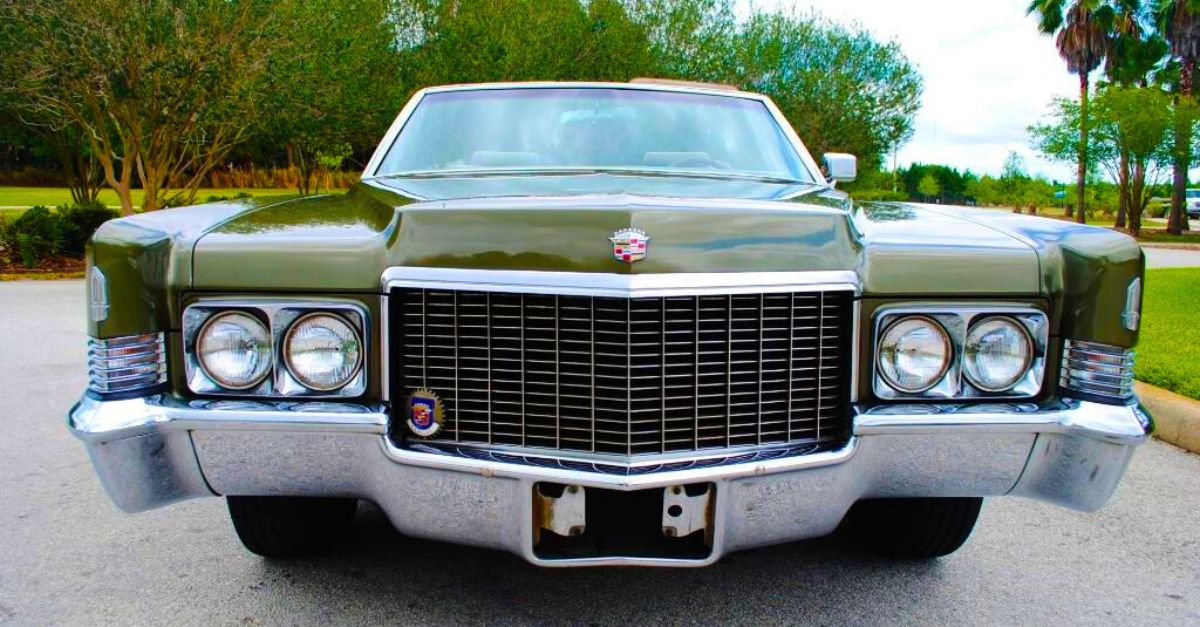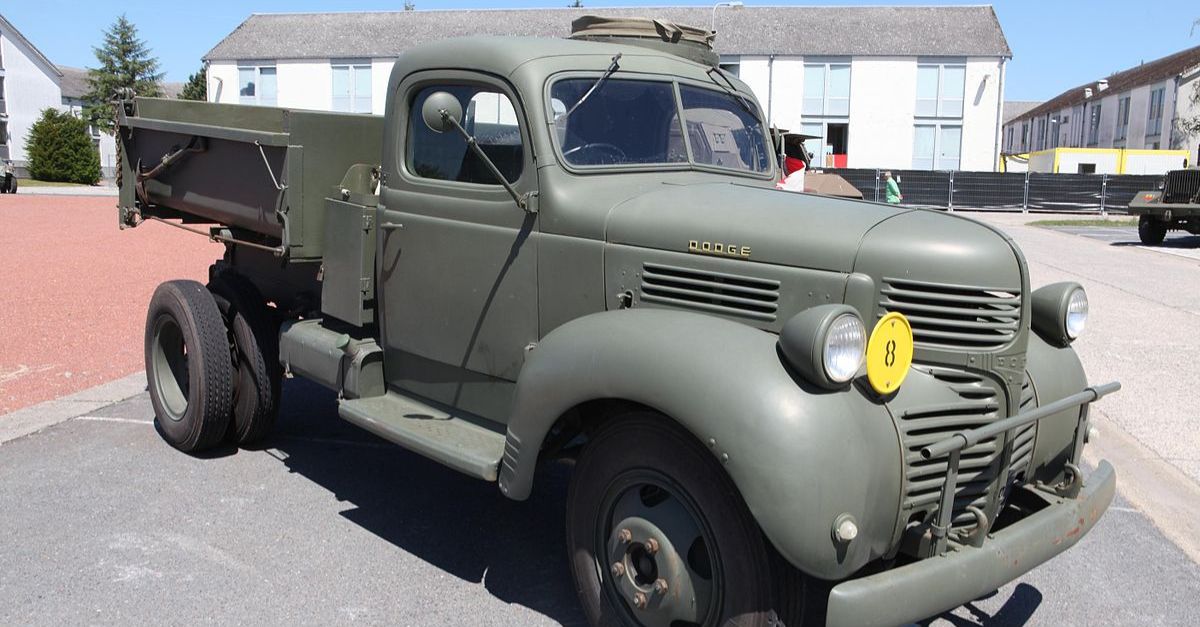The Worst Ferraris Ever To Grace The Road
"Worst" and "Ferrari" should be used cautiously in the same sentence. Ferrari doesn't seem to think they make a bad car, and can sue you for saying so. But these cars didn't quite measure up to the beauty, grace, power, and speed we expect from such a bespoke manufacturer.
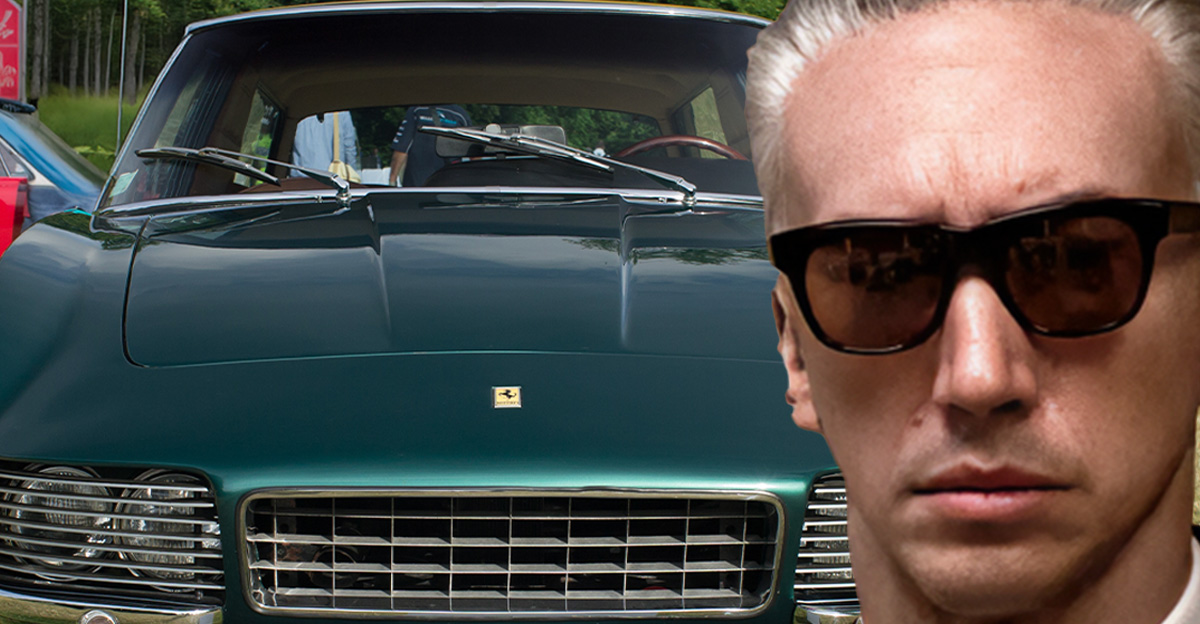
1974 Dino 308 GT4
In 1973, this V8-powered Ferrari debuted at the Paris Motor Show. Except there was a problem: it didn't even have the Ferrari nameplate. It had been commissioned by Ferrari and styled by Bertone instead of their usual designer, Sergio Pininfarina. Its long nose and short rear end somehow seated four people, but it looked awkward—a flat and uninteresting design with no Ferrari flair.
 Spanish Coches, Wikimedia Commons
Spanish Coches, Wikimedia Commons
1974 Dino 308 GT4 (Cont'd)
It wasn't just the outside that was strange. The choice not to include a Ferrari V12 (which had become standard fare for Ferraris then) didn't bode well for the car's power prowess. It produced just 240 hp and took seven seconds to reach 60 mph—today's performance metrics of a Honda Civic in a Ferrari.
The Curious Case Of The Buried Dino
1970 Ferrari 512S
It wasn't just Ferrari's road-going cars that were experiencing design and performance problems in the early 1970s. The 512S was supposed to be Ferrari's competitor to the legendary Porsche 917K in the high-performance racing world. Designed to compete in races like Le Mans, Sebring, and Daytona, the 512S wasn't the success Ferrari had hoped for.
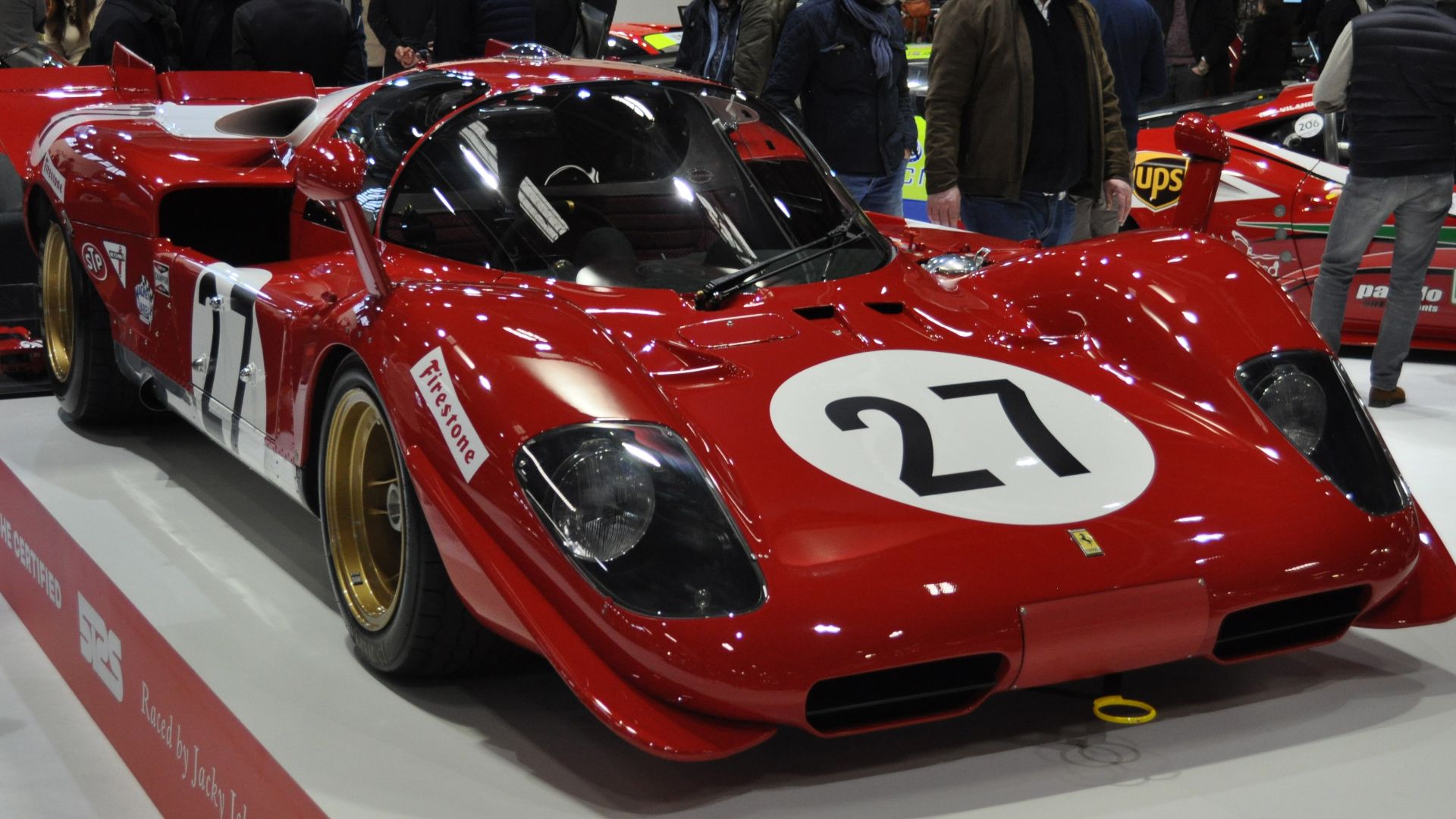 ERIC SALARD from Paris, FRANCE, Wikimedia Commons
ERIC SALARD from Paris, FRANCE, Wikimedia Commons
1970 Ferrari 512S (Cont'd)
The car was retired after just one season, with 25 units being built and many having to retire from races due to engine reliability problems. The 512S, despite being one of Steve McQueen's cars for Le Mans (1971), didn't perform well in the actual race, finishing third behind Porsche in its debut at the 24 Hours of Daytona. Its one and only victory would come at the 12 Hours of Sebring in 1970.
 David Merrett from Daventry, England, Wikimedia Commons
David Merrett from Daventry, England, Wikimedia Commons
2010 Ferrari 612 Scaglietti
Most Ferraris are known for their sharp edges, stunning curves, and gorgeous lines, like the Ferrari 250 GT. Well, the 2010 Ferrari 612 Scaglietti, named after Carrozzeria Scaglietti, the design company with which Ferrari partnered many times throughout the company's history, wasn't the greatest of designs. Sure, it fit four people comfortably, and had a respectable 5.7L V12 engine humming away, but...
2010 Ferrari 612 Scaglietti (Cont'd)
It's just weird-looking. The V12 will give you a top speed of 199 mph, and it does take you from 0 to 60 in four seconds flat. But we just can't get over the front grille and headlights' shape: it looks like a smiling face, a full-toothed grin, even. Known as "the gentleman's GT", it leaves a lot to be desired in the looks department.
1989 Ferrari 348
In 1989, Ferrari rolled out the 348, the final V8 model in the Ferrari lineup that was designed by Enzo Ferrari before his passing. Unfortunately for the 348, it was significantly lacking in "oomph", and, in September 1991, it was beaten in a drag race by a pickup truck. Testers of the 348 complained about its lackadaisical steering, shoddy handling, and just generally poor performance.
 Alexandre Prevot, Wikimedia Commons
Alexandre Prevot, Wikimedia Commons
1989 Ferrari 348 (Cont'd)
Interestingly, one possible design flaw of the 348 was that the oil level could only be checked accurately via a dipstick when the engine was running. Not particularly safe for anyone driving. The 348 was powered by a painfully ordinary 3.4L V8 engine with a top speed of 166 mph producing just 296 hp.
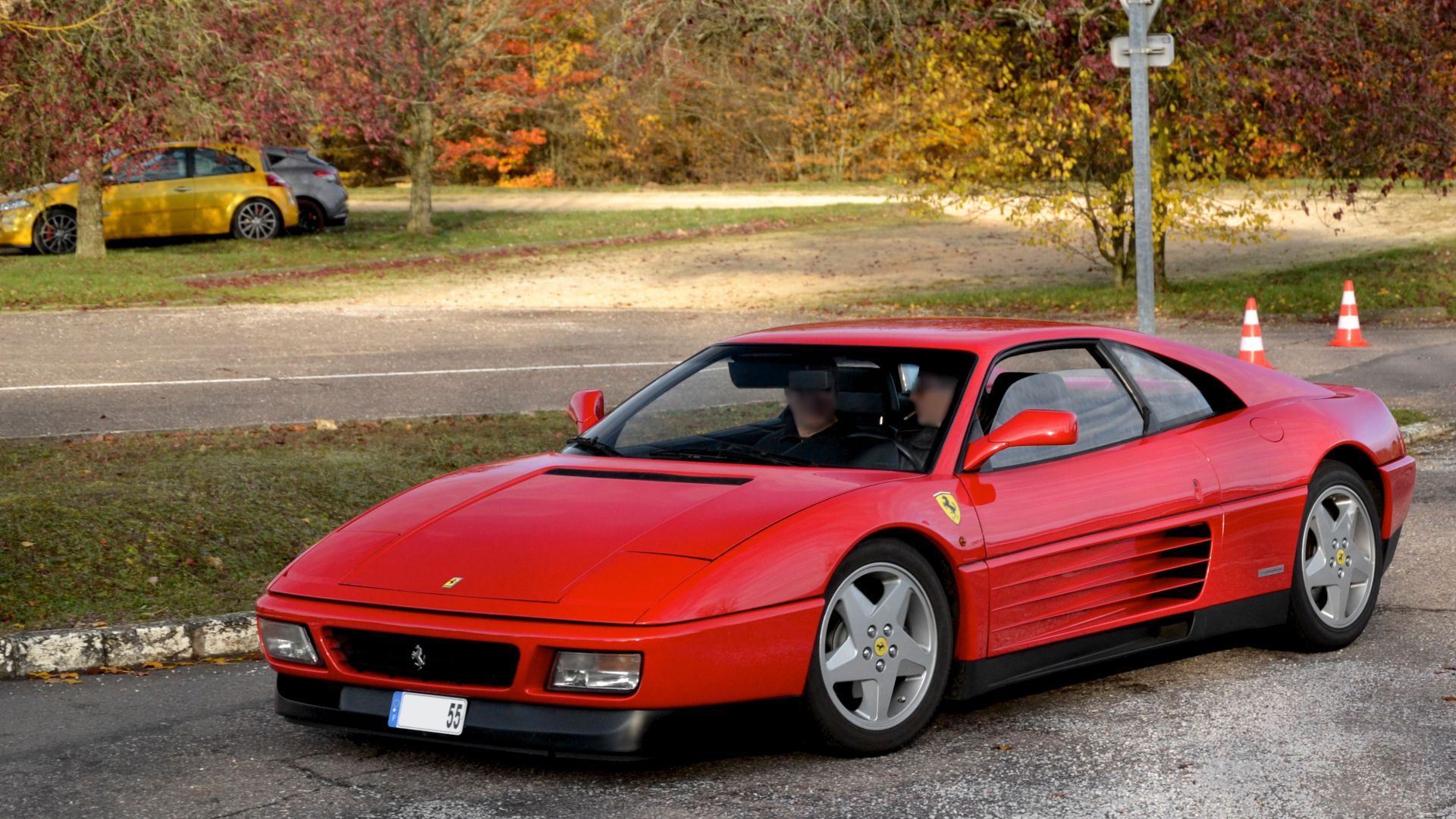 Alexandre Prevot from Nancy, France, Wikimedia Commons
Alexandre Prevot from Nancy, France, Wikimedia Commons
2014 Ferrari F14T
Ferrari designed the F14T to compete with McLaren and others for the 2014 F1 season. A number of FIA rules that season meant that the F14T needed to be completely redesigned to accommodate the turbocharged 1.6L V6 engine, along with a restriction on gear-ratio choices that didn't help. But, it was the car's performance that made it a flop.
2014 Ferrari F14T (Cont'd)
The unusually off-pace Fernando Alonso raced in the F14T, but he failed to claim a race victory all season long, for the first time since 1993 for Ferrari. A second-placed finish in Hungary and third in China meant Ferrari finished the season fourth overall and the F14T was relegated to the dustbin of F1 history.
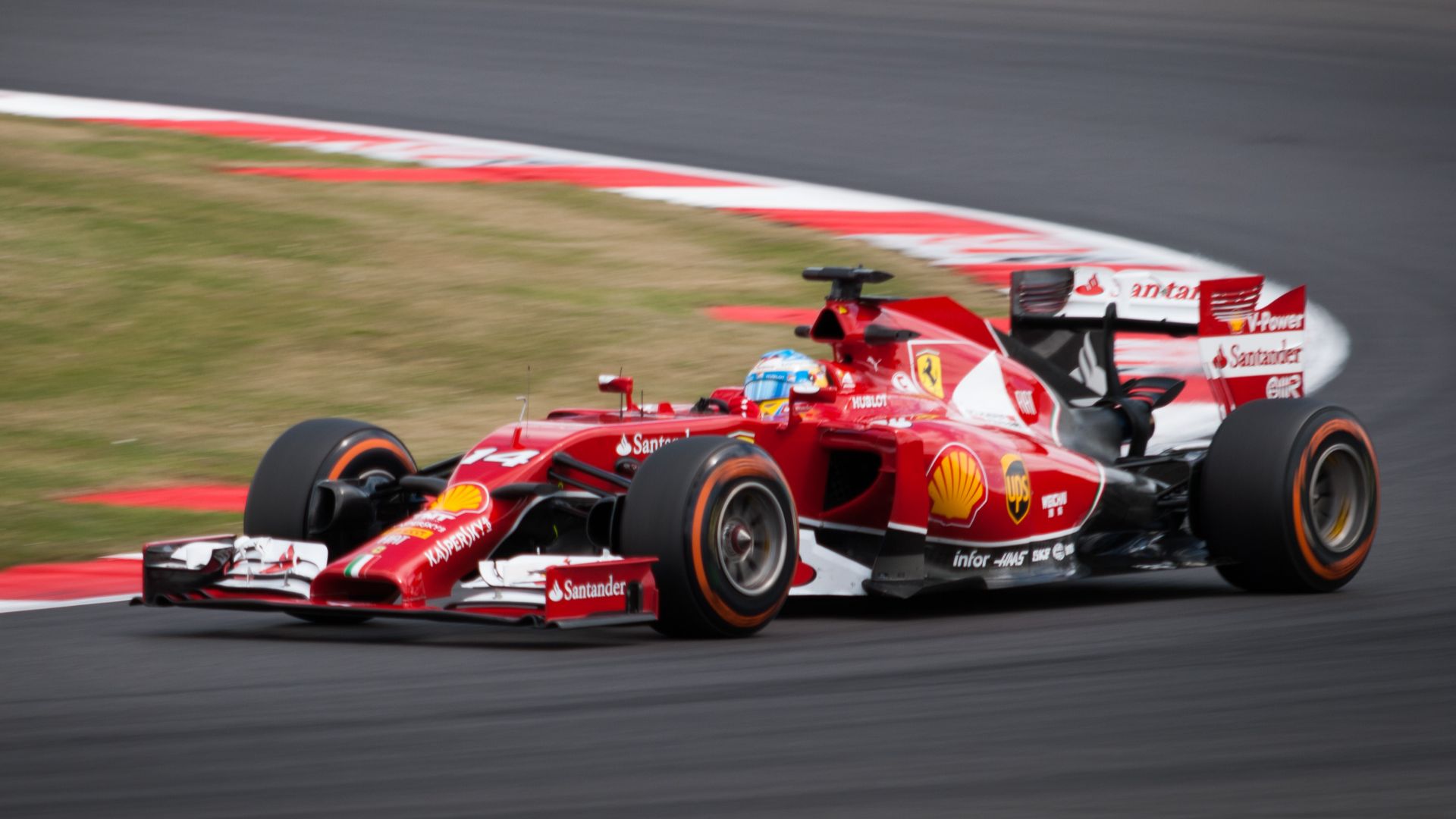 Jake Archibald, Wikimedia Commons
Jake Archibald, Wikimedia Commons
1972 Ferrari 365 GT4
Another design that just wasn't quite... Ferrari enough. The 356 GT4 was a 2+2 coupe with a 4.4L V12 engine and a five speed manual gearbox. But it just didn't look like a Ferrari. Whether it was the long hood, the fastback sedan-style rear window, or the flat headlights, it looked more like a Honda Accord.
1972 Ferrari 365 GT4 (Cont'd)
Despite being powered by a V12, the 365 GT4 produced only 335 hp. Perhaps, like the rest of the motoring world, Ferrari was feeling the effects of the 1972 Oil Crisis and biting the bullet when it came to high-performance, favoring practicality with a Ferrari flair over out-and-out power and speed.
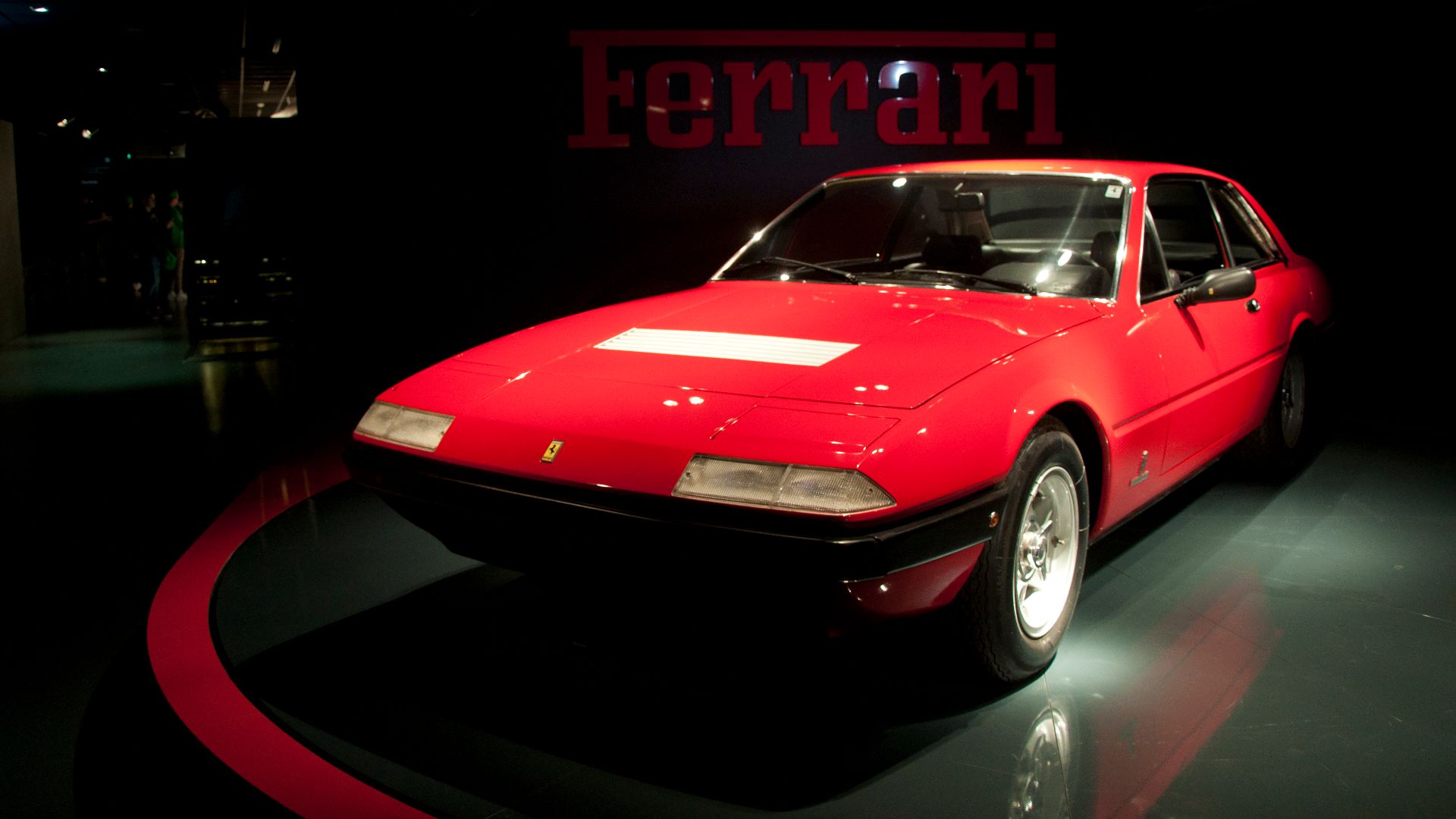 Rahil Rupawala, Wikimedia Commons
Rahil Rupawala, Wikimedia Commons
1976 Ferrari 400
After four years, Ferrari released the successor to the 356 GT4: the Ferrari 400, including an automatic version that was the first Ferrari car to be equipped with an automatic transmission. Despite the technology changes, it still didn't look like we all think a Ferrari should.
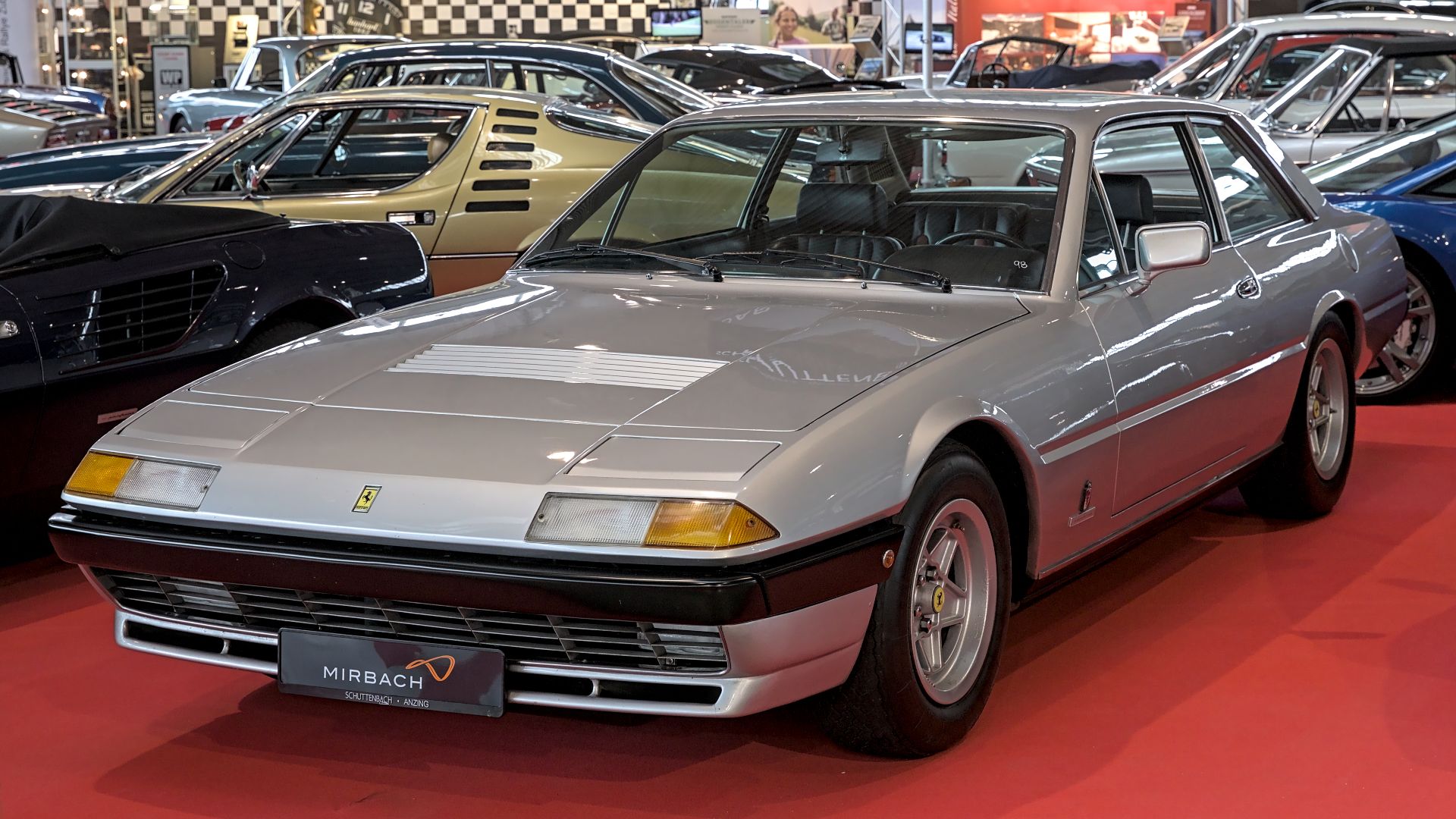 Alexander-93, Wikimedia Commons
Alexander-93, Wikimedia Commons
1976 Ferrari 400 (Cont'd)
Aside from the looks, the Ferrari 400 did receive an upgrade when the 400i was released, complete with a fuel-injection engine that produced 311 hp, 25 less horsepower than the 365. So, a downgrade in performance for no apparent reason. The 1970s were not kind to Ferrari.
1985 Ferrari 412
Amazingly, the Ferrari 412 would be the final iteration of the 365 GT4 lineup, after 13 years in production and being one of Ferrari's longest-lasting nameplates. Miraculously, it stuck around. However, by the time the 412 came out in 1985, the times had moved on from the popular styling and engineering of the 70s, and the 412 felt stuck in the past.
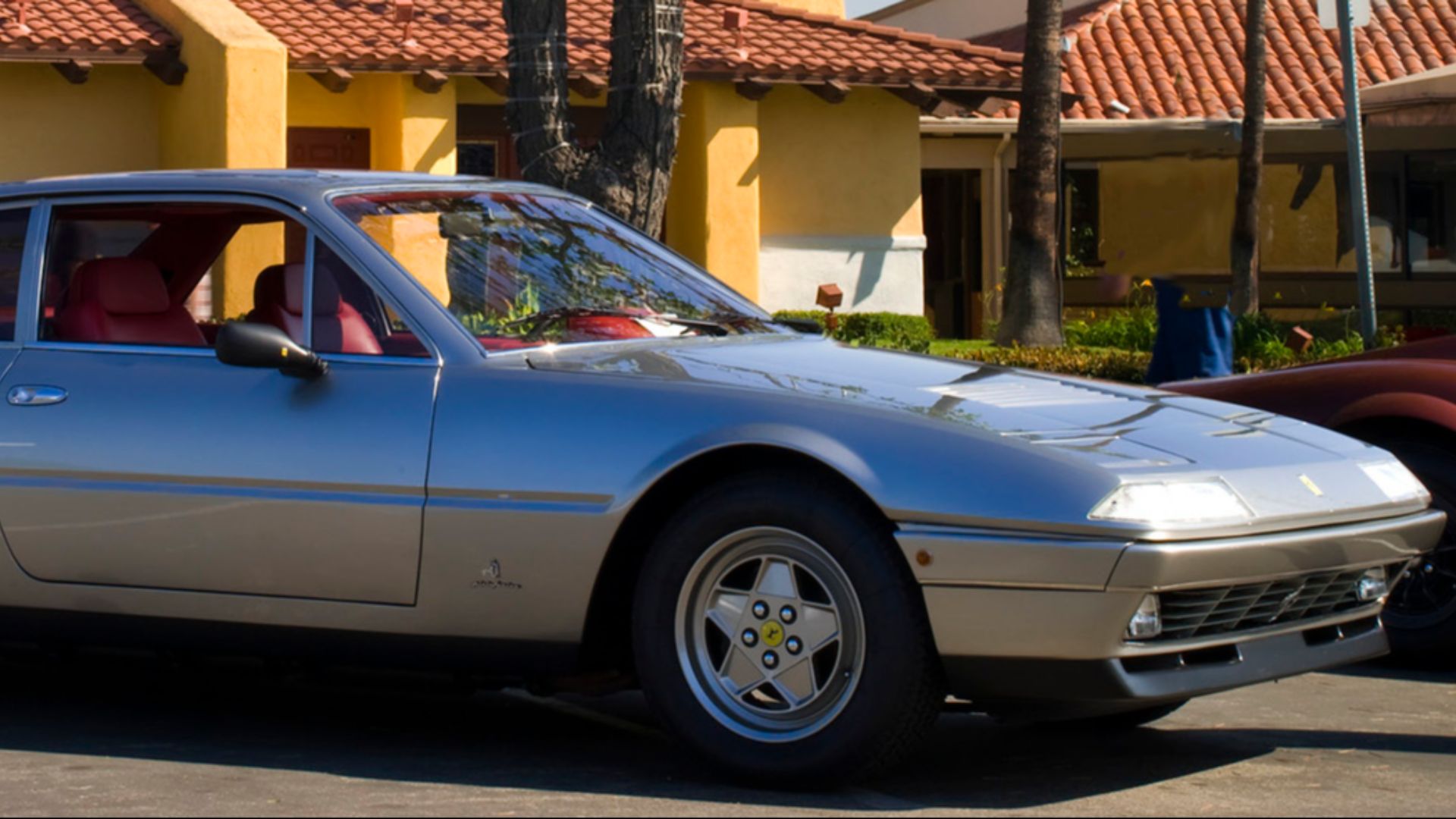 Pat Durkincropped and blurred by uploader User:Mr.choppers, Wikimedia Commons
Pat Durkincropped and blurred by uploader User:Mr.choppers, Wikimedia Commons
1985 Ferrari 412 (Cont'd)
Ferrari tried to bolster the performance by bringing the displacement of the V12 engine to 4.9 liters and the horsepower back up to 340, but by then, it was too late. Competitors had brought out the Countach and the Porsche 911 Turbo. The 412 was relegated to an afterthought and mercifully retired by the end of 1985.
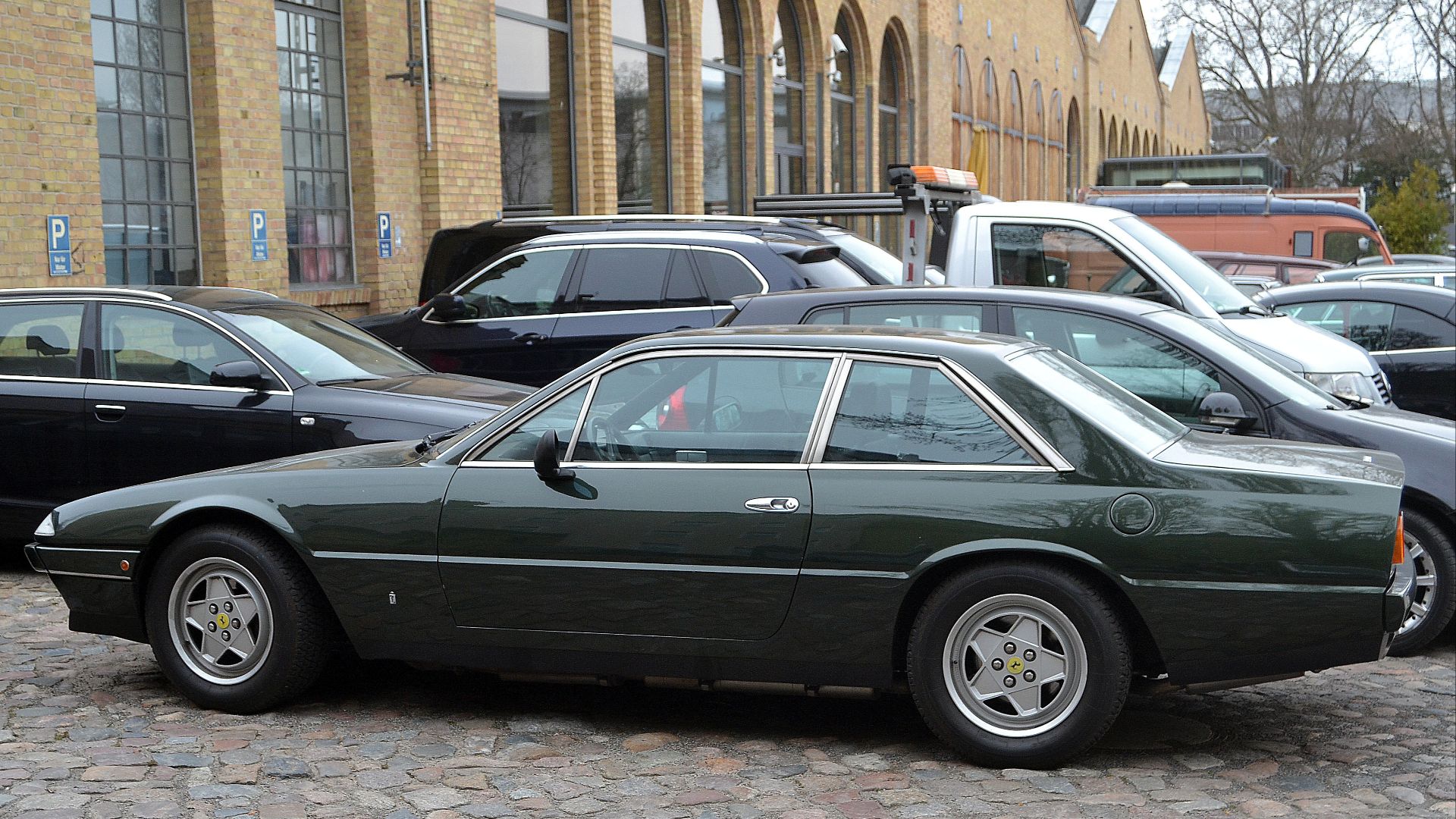 Matthias v.d. Elbe, Wikimedia Commons
Matthias v.d. Elbe, Wikimedia Commons
1992 Ferrari F92
The hope for Ferrari was that they'd get back to their winning ways in F1, after the dismal showings of the 1980s and 1970s in road car terms. Well, if that was the case, then the F92 was a poor way of showing it. Designed by the American-born Steve Nichols (who designed the McLaren MP4/3 and MP4/4), the F92 was supposed to have better aerodynamics by placing flooring beneath the sidepods. That was the first failure.
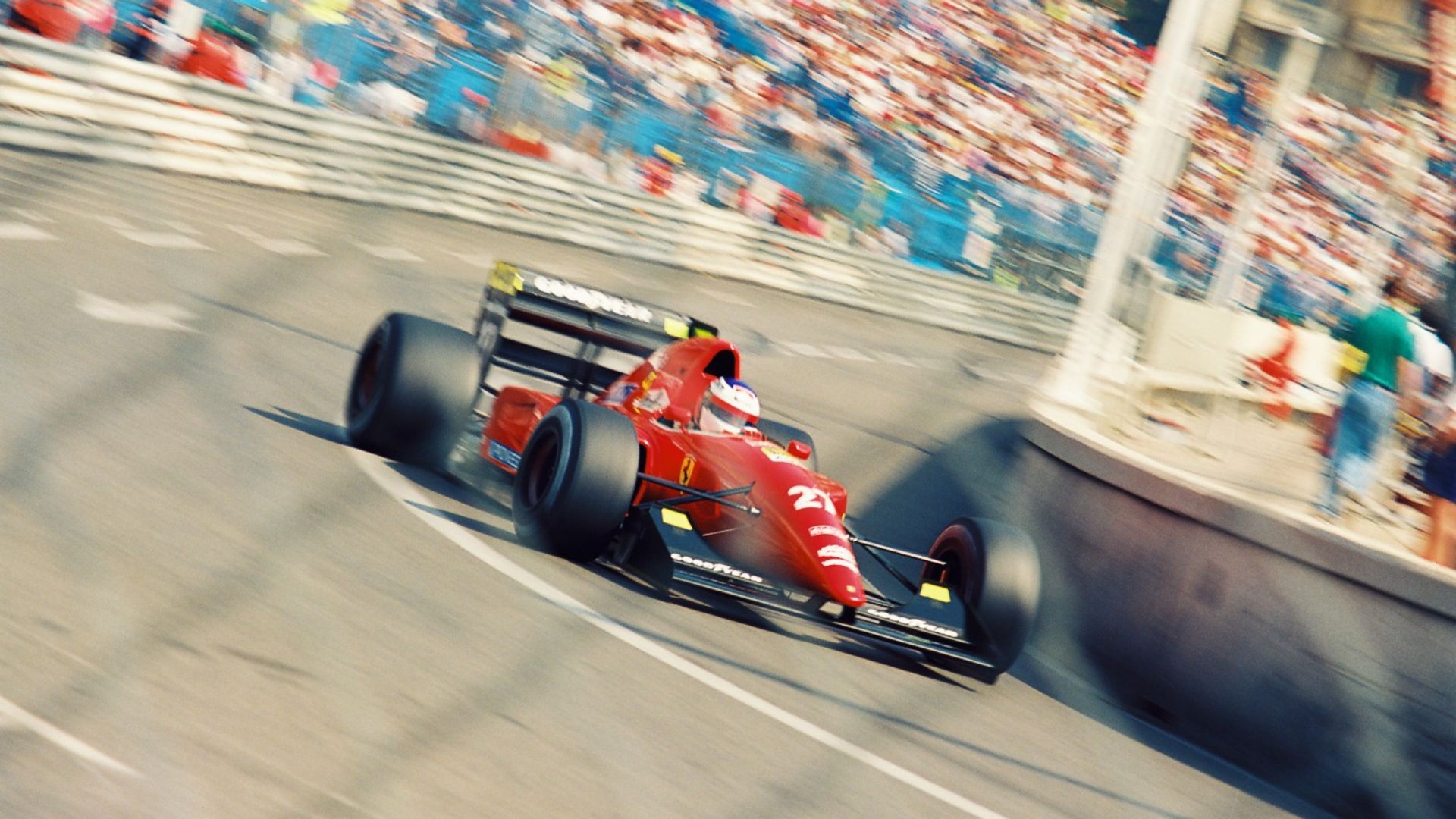 Iwao from Tokyo, Japan, Wikimedia Commons
Iwao from Tokyo, Japan, Wikimedia Commons
1992 Ferrari F92 (Cont'd)
This new aerodynamic design only added weight and made the car almost impossible to maneuver effectively. It was powered by a 3.5L V12 engine that produced 735 hp and gave off an almighty roar that could trick you into thinking it was a proper race car. It wasn't. It DNF'd in 10 of the 16 races that season. Ouch.
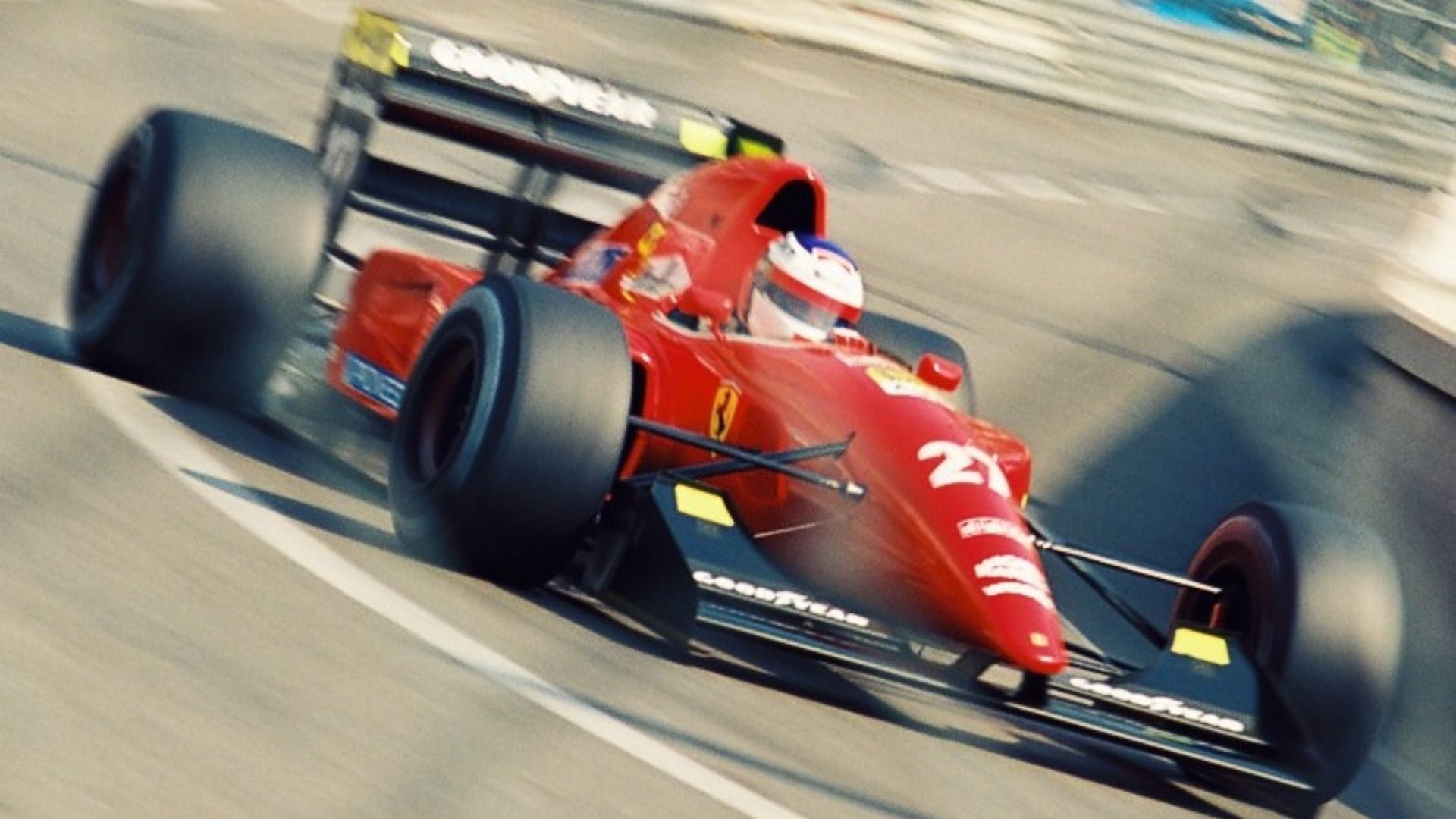 Original: Iwao from Tokyo, Japan Original: Francois-Pier, Wikimedia Commons
Original: Iwao from Tokyo, Japan Original: Francois-Pier, Wikimedia Commons
1980 Ferrari Mondial
In 1980, Ferrari introduced the Mondial as a mid-engined tourer, powered by a 2.9L V8 engine, which was the last rear-engined V8 Ferrari of its kind. It replaced the 308 GT4, but still had that strange wedge-shaped styling. Pininfarina's design may have been a little cleaner, but the wedge made everything look proportionally off. Like they'd shoved a big engine in the middle, and that had thrown off the balance of the car.
1980 Ferrari Mondial (Cont'd)
Granted, the Ferrari Mondial wasn't supposed to set speed records or be overly quick, but the 2.9L engine sputtered to 60 mph in a pedestrian 9.3 seconds (for a Ferrari), and had a top speed of just 138 mph. Not overly fast for a car that bore the Ferrari name.
1967 Ferrari 330 GT 2+2 Shooting Brake
They didn't, did they? Oh, yes, they did. Shooting brake-style cars had become popular in the United States in the years before and after Ferrari released the Ferrari 330 GT "Shooting Brake" in 1967, combining the styles of the station wagon and sedan to provide an elongated rear cargo area and hood.
1967 Ferrari 330 GT 2+2 Shooting Brake (Cont'd)
This design would be copied in the 2011 Ferrari FF, but in 1967, on a platform like the 330 GT? The 2+2 shooting brake design was just strange and out of place for the supercar brand in the 1960s.
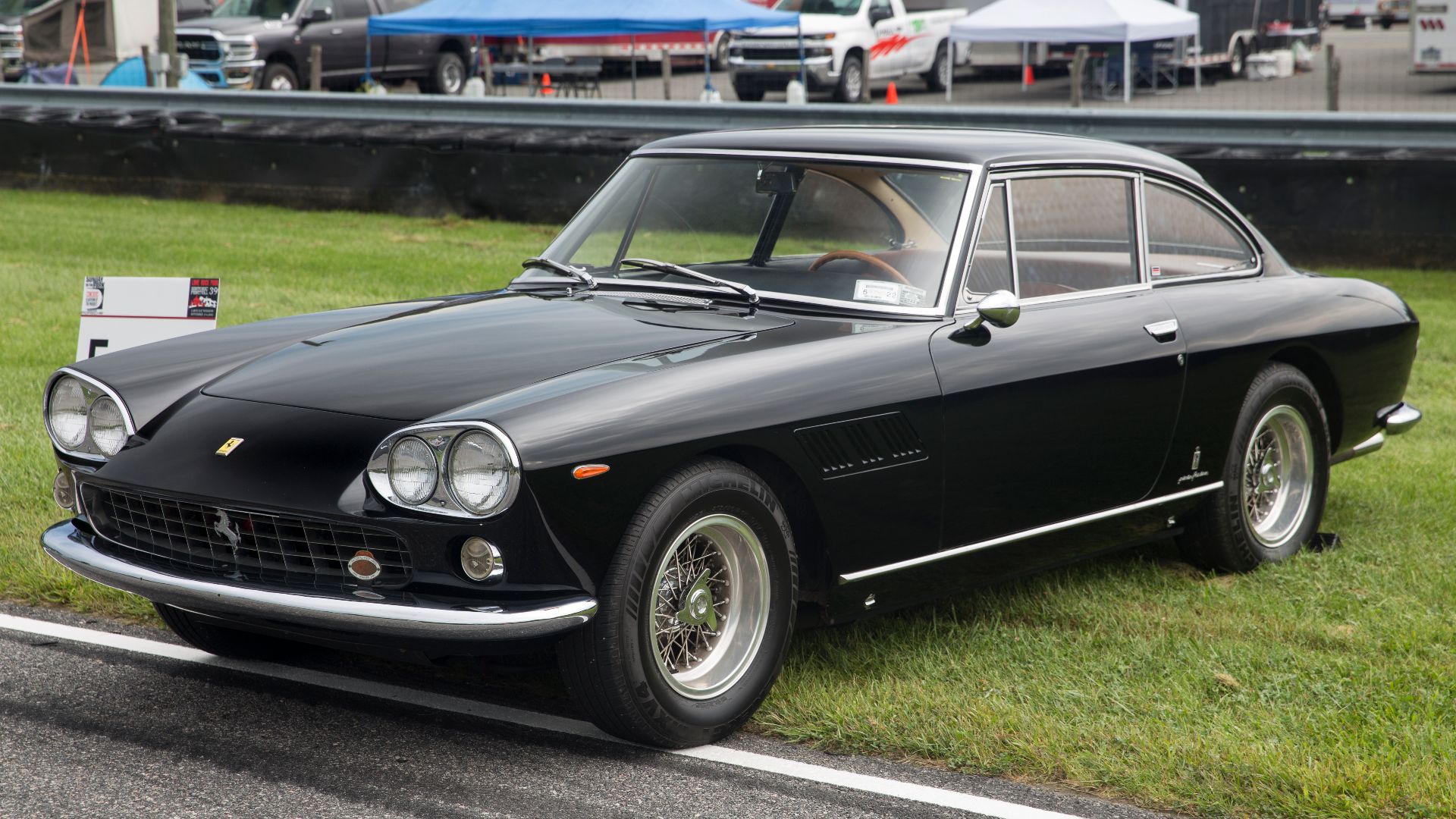 Mr.choppers, Wikimedia Commons
Mr.choppers, Wikimedia Commons
1980 Ferrari Pinin
Another 1980s grand tourer on our list is the Ferrari Pininfarina. Taking cues from the legendary Ferrari designer, Sergio Pininfarina, the Ferrari Pinin was not one of his finest moments. The one-off concept car featured the chassis of the above-mentioned Ferrari 400 with a flat-12 engine. It was the first four-door Ferrari ever built.
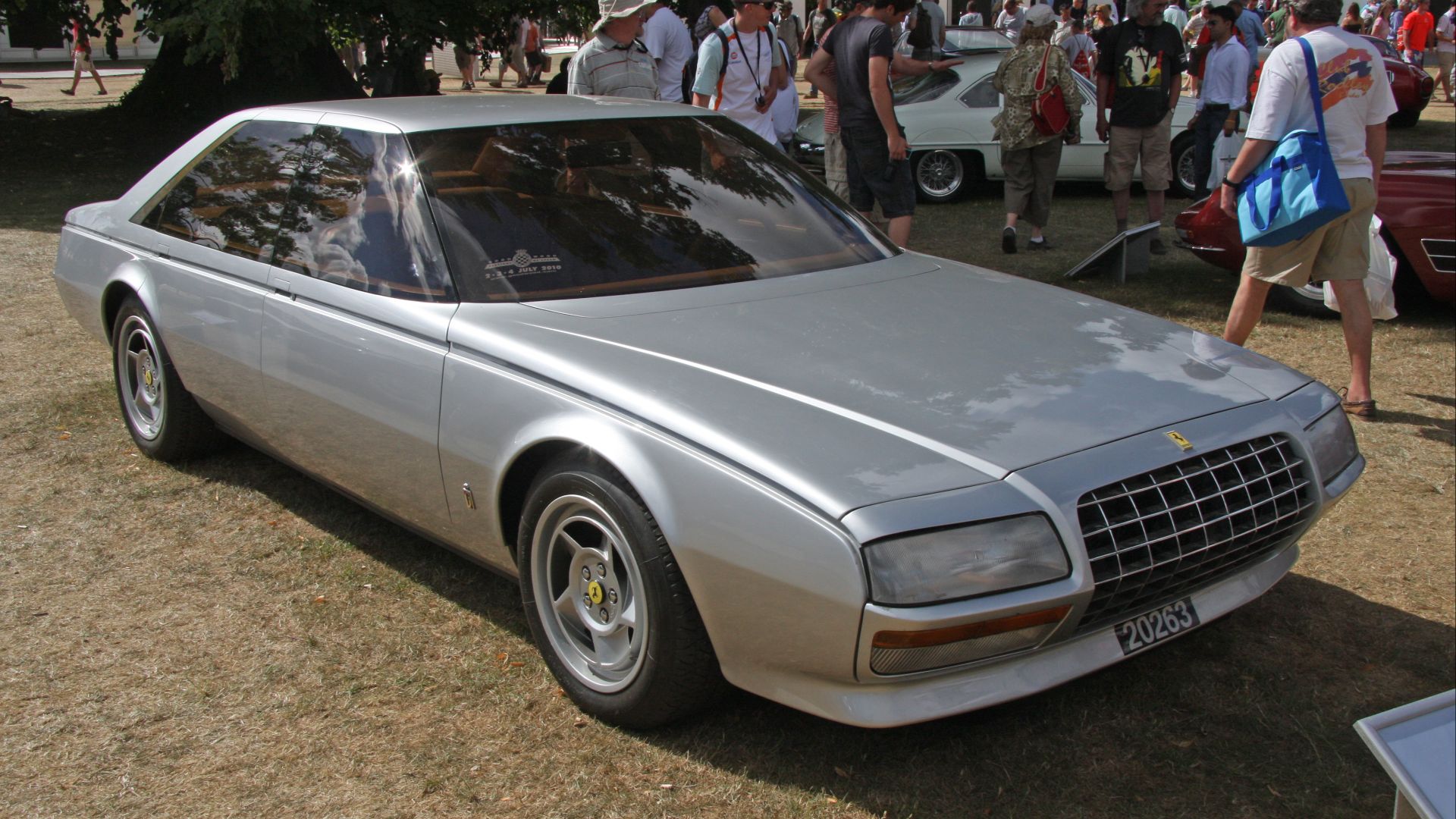 Brian Snelson, Wikimedia Commons
Brian Snelson, Wikimedia Commons
1980 Ferrari Pinin (Cont'd)
There was also a question of where such a luxury sedan would have fit in the market, given that it was saturated at the time by Mercedes-Benz, Rolls-Royce, and so on. Unfortunately, the Pinin was also squeezed out of Ferrari's production schedule by financial troubles at Fiat, which Ferrari owned and was seen as a distraction from larger-scale projects. It probably would have been okay, but the thing was downright ugly.
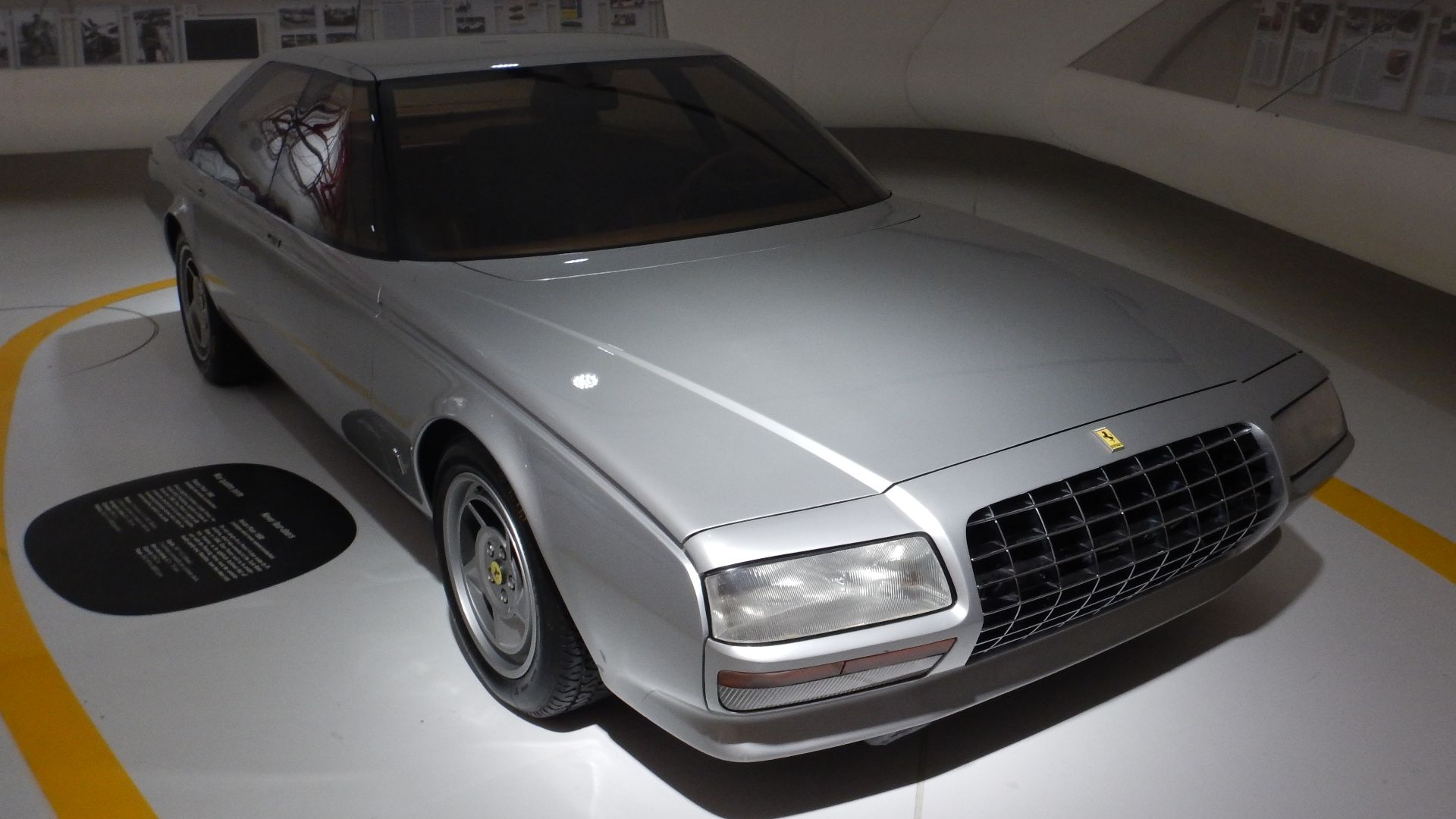 thievingjoker, Wikimedia Commons
thievingjoker, Wikimedia Commons
1983 Ferrari Meera S
We're not really sure what the thinking was with the Meera S. It was the last Ferrari designed by Michelotti, the final car of his career—and he didn't exactly go out with a bang. The wedge-shaped profile has box-like fenders and a tail that tilts upward at the back of the body. Weirdly, the Meera S was commissioned by a Saudi Arabian Ferrari customer, who asked Michelotti to design it specifically for him. We hope he bought it, because we wouldn't.
 1983 Ferrari Meera S by Michelotti - RM Sotheby's Paris, 02 February 2022 (ENG SUB), AutoArchives
1983 Ferrari Meera S by Michelotti - RM Sotheby's Paris, 02 February 2022 (ENG SUB), AutoArchives
1983 Ferrari Meera S (Cont'd)
Despite its very strange appearance, the Meera S was powered by the Ferrari 400i's V12 engine with the Bosch fuel injection system that delivered 315 hp and a top speed of 152 mph. It couldn't outrun its awful styling though, and we're grateful it was a one-off.
 1983 Ferrari Meera S by Michelotti - RM Sotheby's Paris, 02 February 2022 (ENG SUB), AutoArchives
1983 Ferrari Meera S by Michelotti - RM Sotheby's Paris, 02 February 2022 (ENG SUB), AutoArchives
1956 Ferrari Superamerica Ghia
Ferrari Superamericas are some of their most legendary cars. The 410 and 400 have had some iconic owners, like NY real estate mogul Peter Kalikow. But not the Superamerica Ghia from 1956. Its flashy rear fender and many straight lines, along with big headlights and a submarine-like profile, may have been lauded at the time as "futuristic", but we just think it's awful.
 Unknown Author, Wikimedia Commons
Unknown Author, Wikimedia Commons
1956 Ferrari Superamerica Ghia (Cont'd)
Deviating spectacularly from Ferrari's traditional designs of Pininfarina, the Superamerica Ghia still brought the power: a V12 engine that produced 335 hp and a top speed of 152 mph. Fortunately, just a few examples of the "Ghia" version of the Superamerica were ever built.
 Klemantaski Collection, Getty Images
Klemantaski Collection, Getty Images
2023 Ferrari Purosangue
Ferrari isn't known as an SUV company, but, in 2023, in line with Porsche, the Lamborghini Urus, and the Aston Martin DBX, they released the Purosangue. It has front-opening rear doors and is based on the Roma coupe. Powered by a 6.5L V12 engine, the Ferrari Purosangue is known as a "Ferrari Utility Vehicle," or FUV, within the company, who categorically denied producing an SUV.
2023 Ferrari Purosangue (Cont'd)
But, that's not why the Ferrari Purosangue is on our list. No. It makes our list because "Purosangue" also happens to be the name of a blood donation and collection nonprofit organization. In 2020, when Ferrari were building the car, they discovered that the name had been taken. So, what did they do? Like any good, upstanding car company, they took the charity to court for the rights to use the name. Rather than just coming up with a new name.
You May Also Like:
The Best Of The Worst Muscle Cars In History

